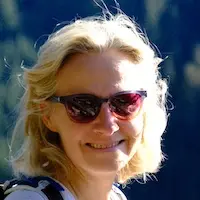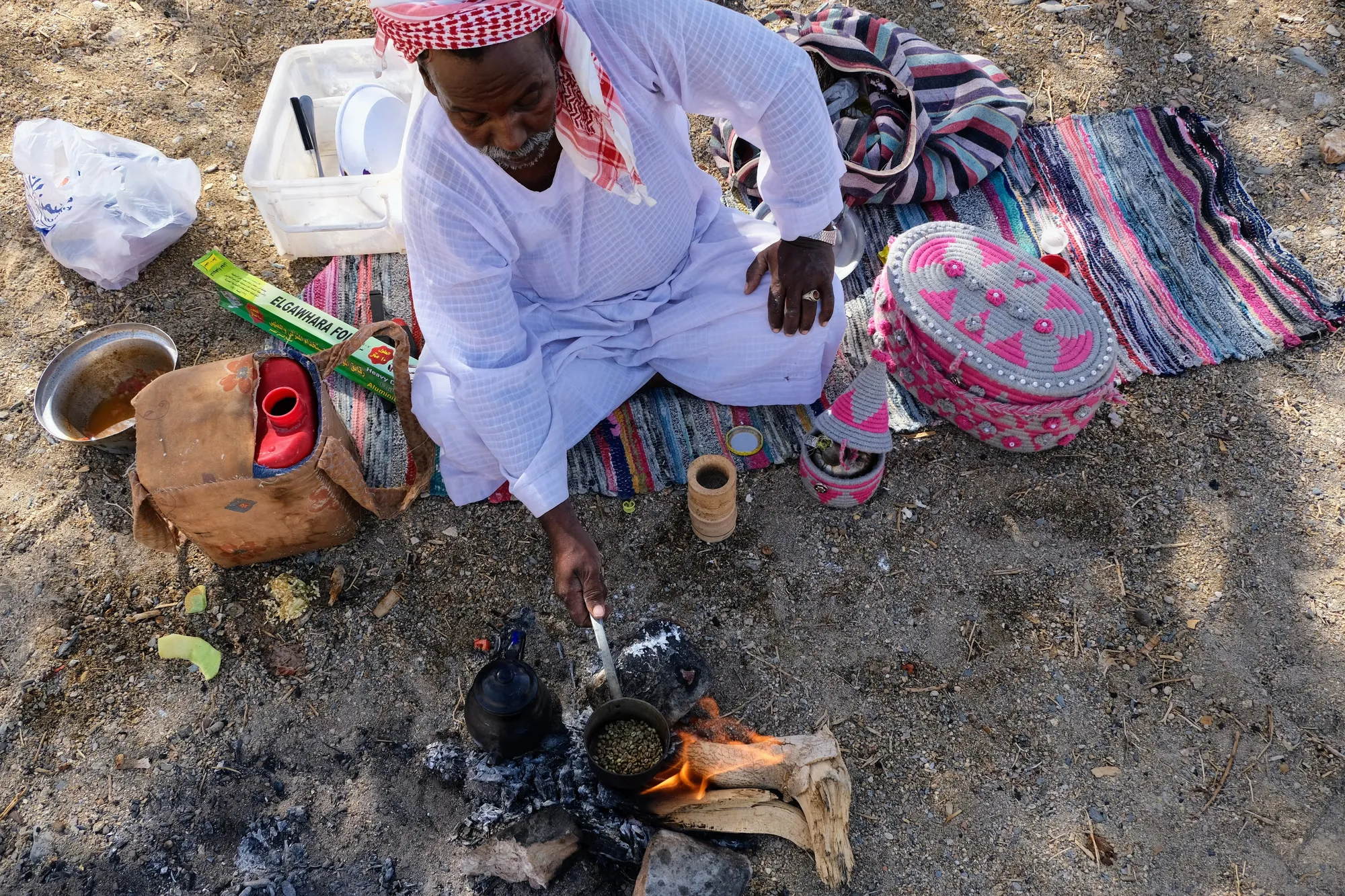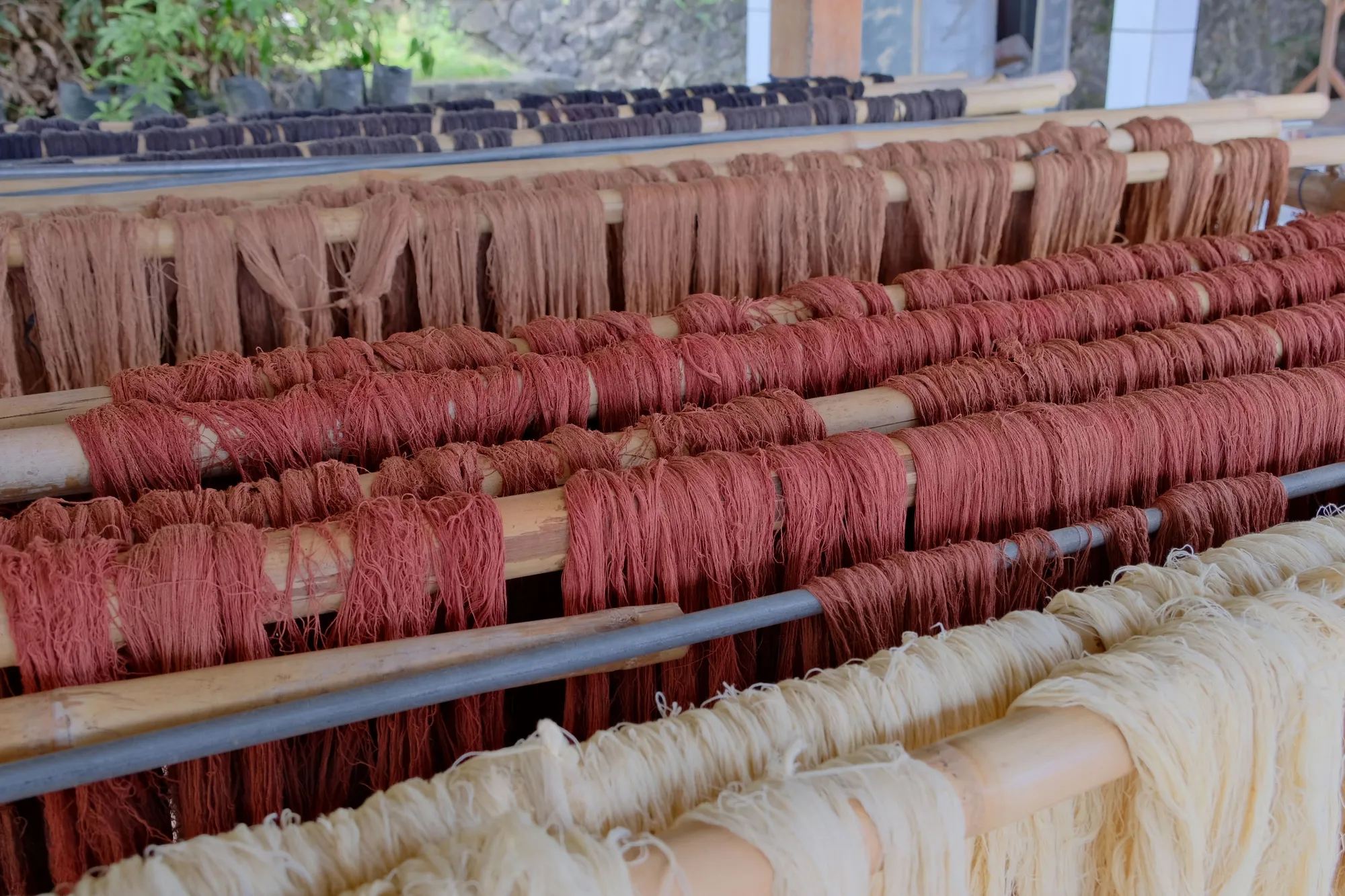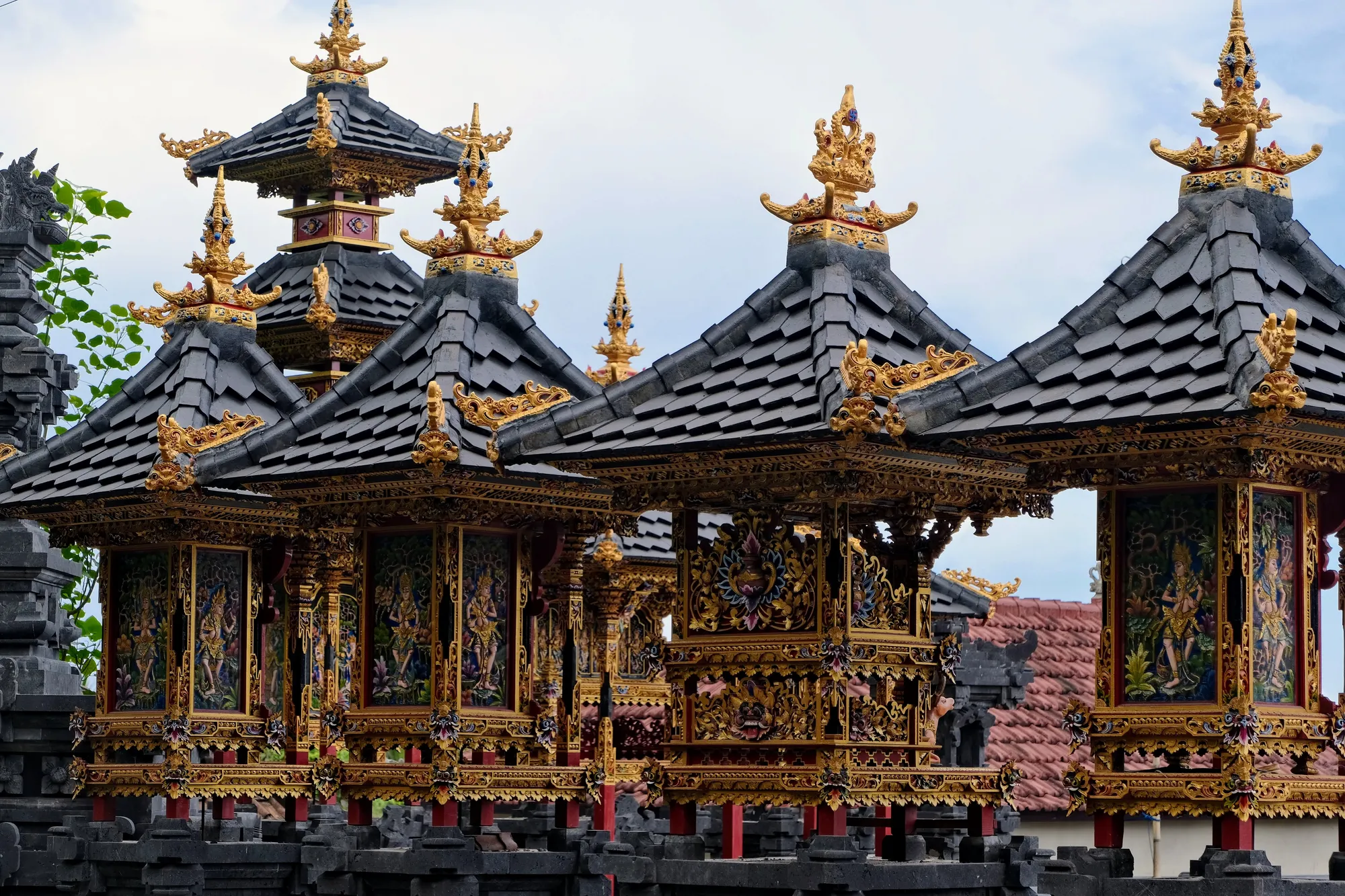Sikait, Wadi El Gemal, and the Eastern Desert
Wadi El Gemal National Park is a hidden gem on Egypt's Red Sea coast, a vast and breathtaking area that's often missed by mainstream tourists, making it ideal for those seeking an off-the-beaten-path adventure. This protected region, known as the "Valley of the Camels," is a haven of outstanding natural beauty and serene desert landscapes where the mountains meet the sea. Here, you can explore the ancient mining settlement of Sikait, where emeralds were extracted in Roman times, and enjoy the tranquil beaches of Hankorab and Marsa Egla, renowned for their crystal-clear waters and vibrant coral reefs, perfect for snorkeling. Beyond the park's rich history and secluded shores, Wadi El Gemal offers an authentic experience of Egypt’s diverse ecosystems, Bedouin culture, and a peaceful escape from the crowds, immersing visitors in an atmosphere of calm and timeless beauty.
Into the Eastern Desert with Ababda Bedouin
Our adventure to Sikait in the Wadi El Gemal National Park - Valley of the Camels - was nothing short of spectacular, an unforgettable day spent amid the mysteries and beauty of Egypt’s Eastern Desert. Finding a local guide for an expedition to the Eastern Desert was not easy. We got Mustafa's information from Karim Noor, the founder of the Deep South Diving Club and Eco-Lodge. We started early, leaving our cozy base at the Oyster Bay Beach Resort and heading into Marsa Alam, where we met Mustafa, our Ababda Bedouin driver and guide. The Ababda Bedouin have a deep-rooted history in this land, having inhabited the Eastern Desert for centuries. Their extensive knowledge of the terrain, flora, and fauna is invaluable, allowing them to thrive in this challenging environment. With a warm smile, Mustafa greeted us beside his well-worn Land Cruiser, a vehicle that has surely seen many desert adventures, and we set off at 9 a.m., excited for the day ahead.

The Wadis
After paying the entrance fee at the Wadi El Gemal ticket booth, we began a 60-kilometer journey deeper into Egypt’s Eastern Desert. Not long after entering the park, we made our first stop atop a hill with a breathtaking view of the valley below. Mustafa gestured to the landscape, drawing our attention to the wadis—dry riverbeds that meandered through the desert. These wadis, though often barren, channel water during rare, heavy rains, temporarily transforming the area as the water flows down from the mountains, nurturing plants. Some of the water seeps underground, providing vital moisture for desert flora and sustaining pockets of life in the otherwise harsh terrain.
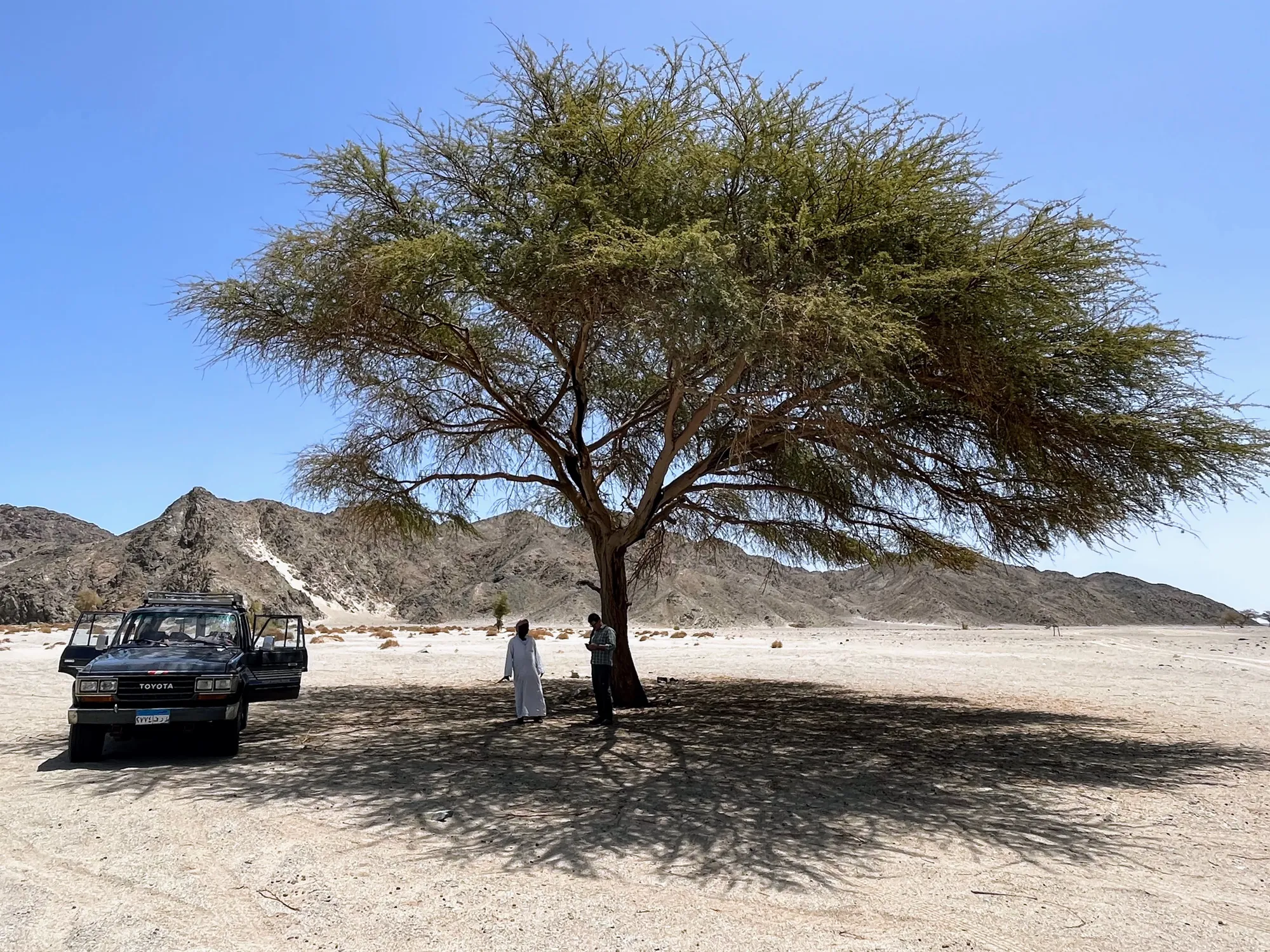
Desert Plants and Bedouin Traditions
The next stop was beneath a large acacia tree. We took refuge in its shade while Mustafa pointed out the adaptations of desert plants that allowed them to thrive here, despite the arid conditions. Continuing through the desert, he brought us to a particularly lush area where greenery stretched along the ground. Here, he showed us the miswak plant, used by Bedouins for centuries as a natural toothbrush. This plant’s branches are fibrous and contain antimicrobial properties, making it ideal for oral hygiene. Bedouins strip the bark to reveal soft fibers, which, when chewed, release a mild, cleansing sap. It was a fascinating example of the desert’s hidden resources, providing both nourishment and practical uses for those who live in these harsh landscapes.
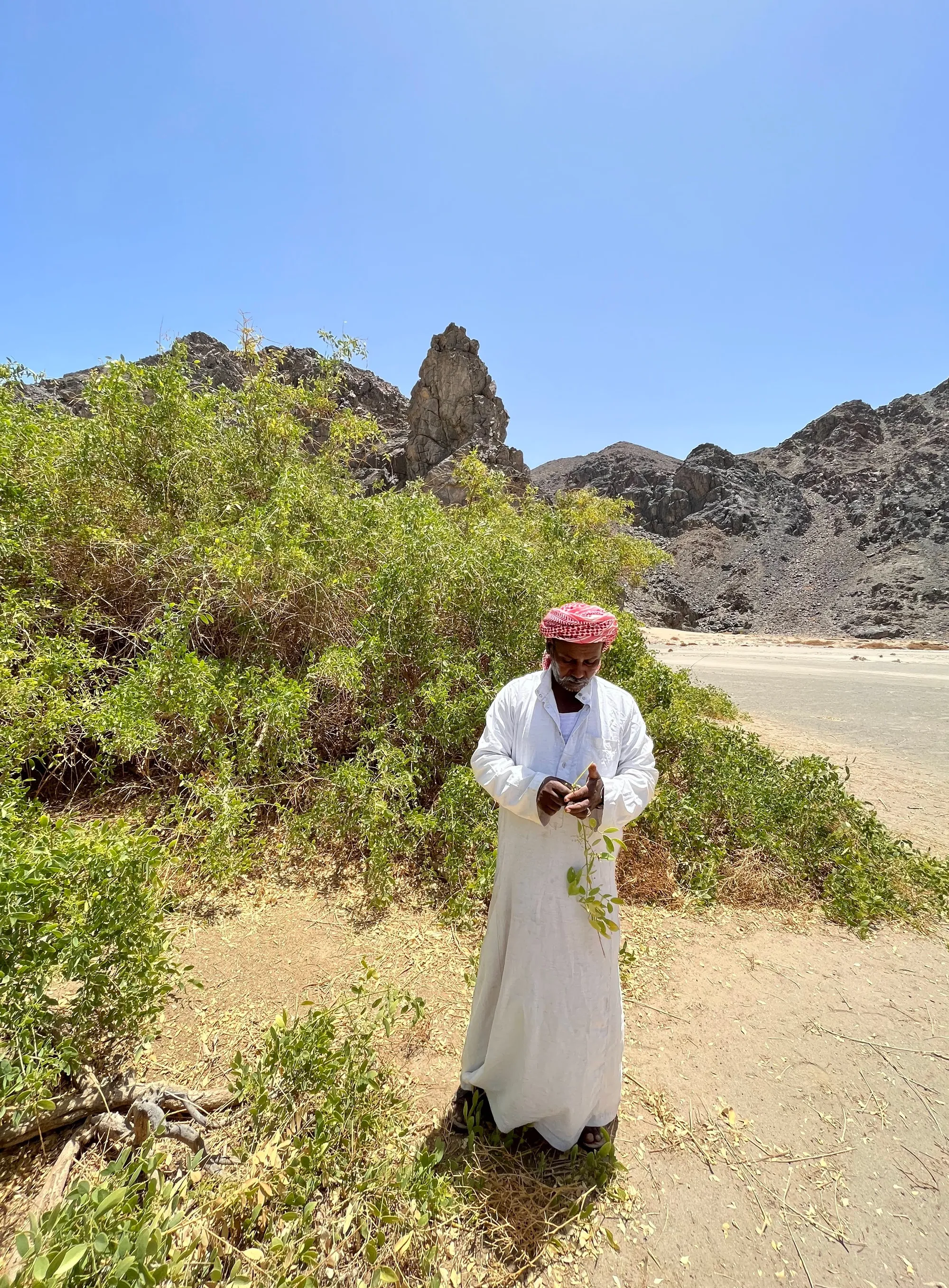
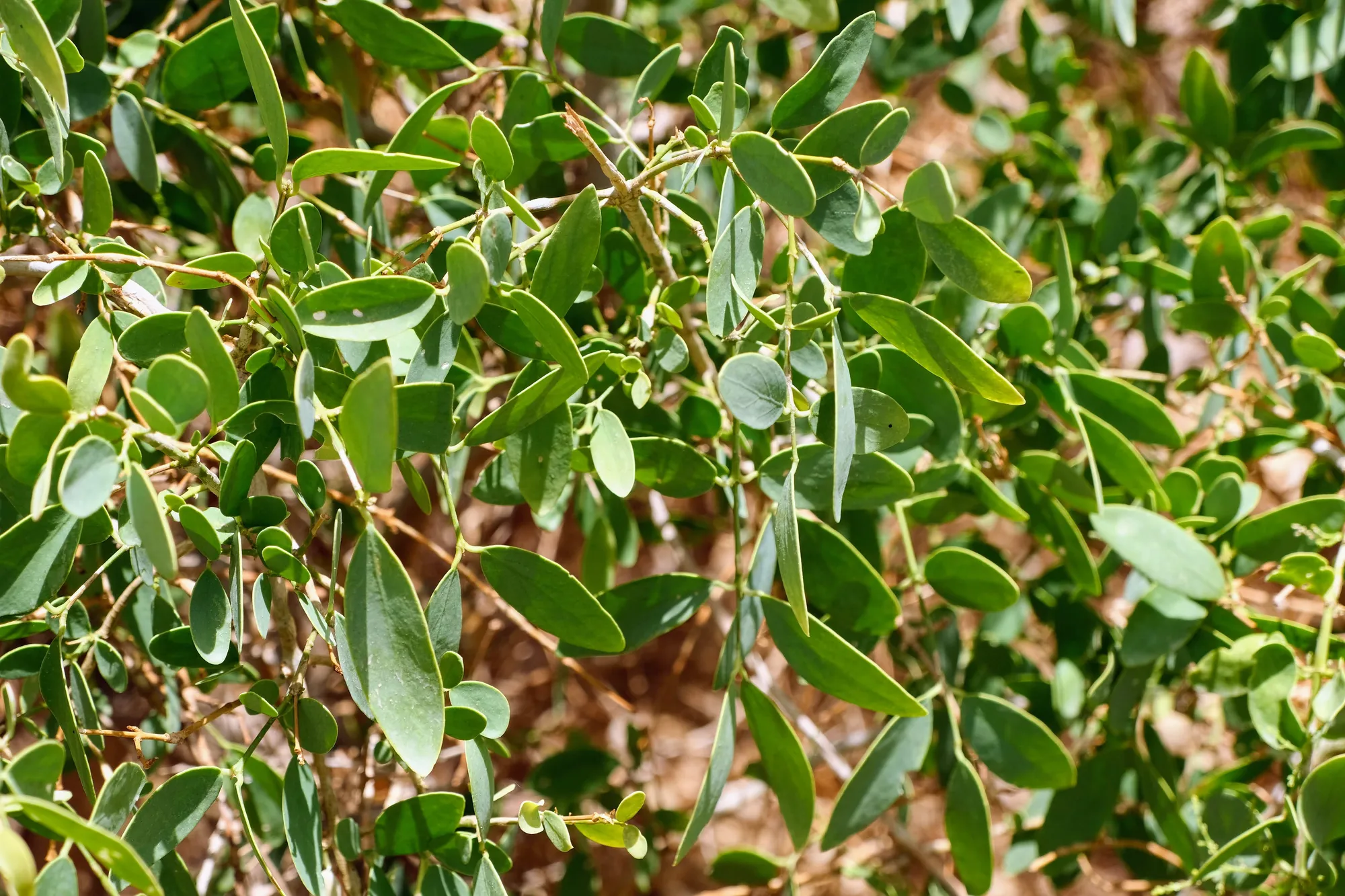
Water in the Desert
The journey then led us to a narrow valley entrance, where Mustafa invited us to explore on foot. To our surprise, this short hike ended at a water well. Mustafa first uncovered the well and filled a bucket with water, showcasing the importance of this resource in the desert. The Wadi El Gemal region is remarkable for capturing and channeling rainwater from the mountains, some of which remains underground, sustaining the unique ecosystem. Wells like this one are essential for the survival of wild animals and serve as a water supply for camels on desert caravans. Mustafa demonstrated a Bedouin tradition: filling a small basin by the well with water, making it accessible for wild animals who rely on this precious resource.
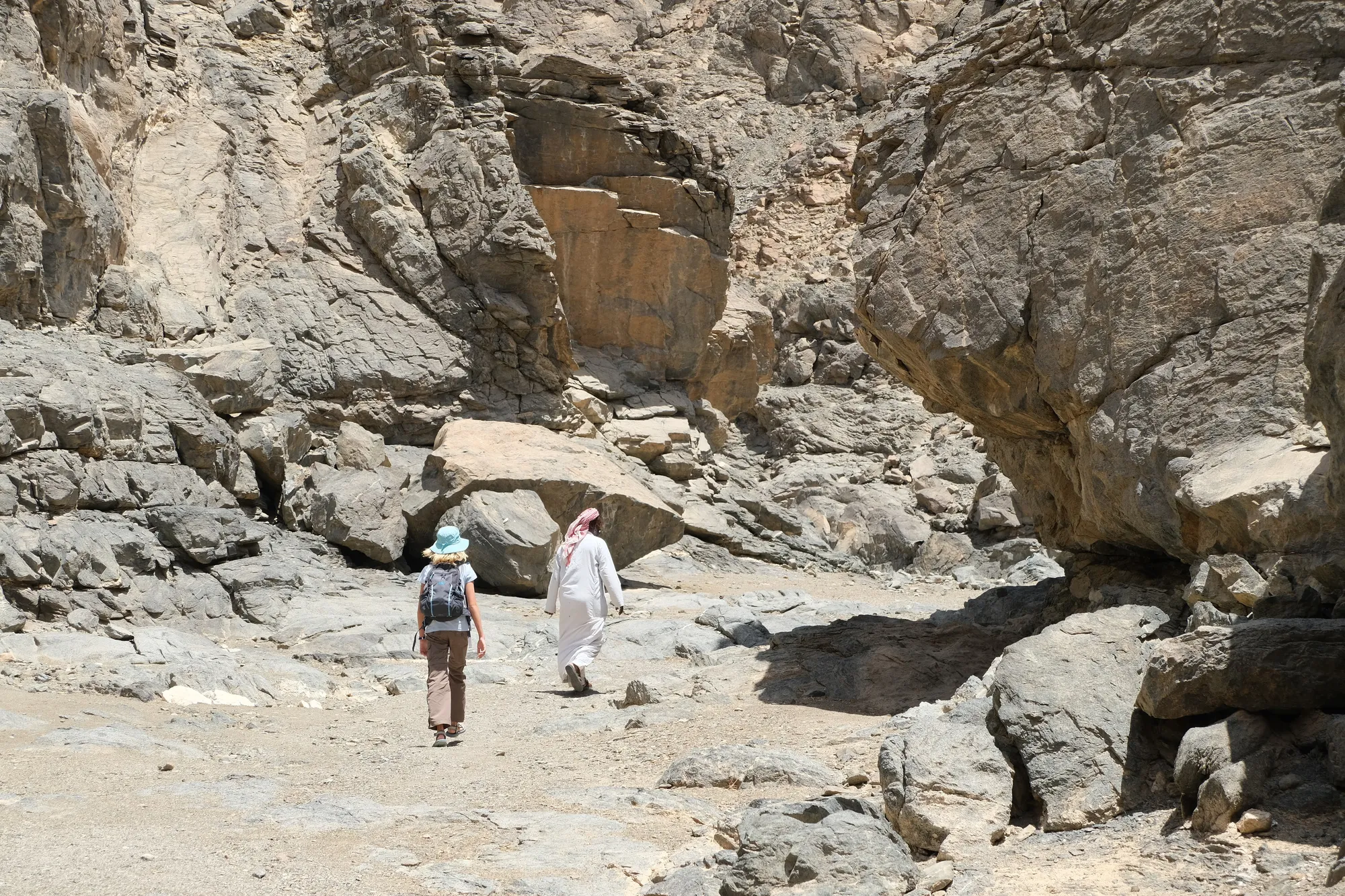
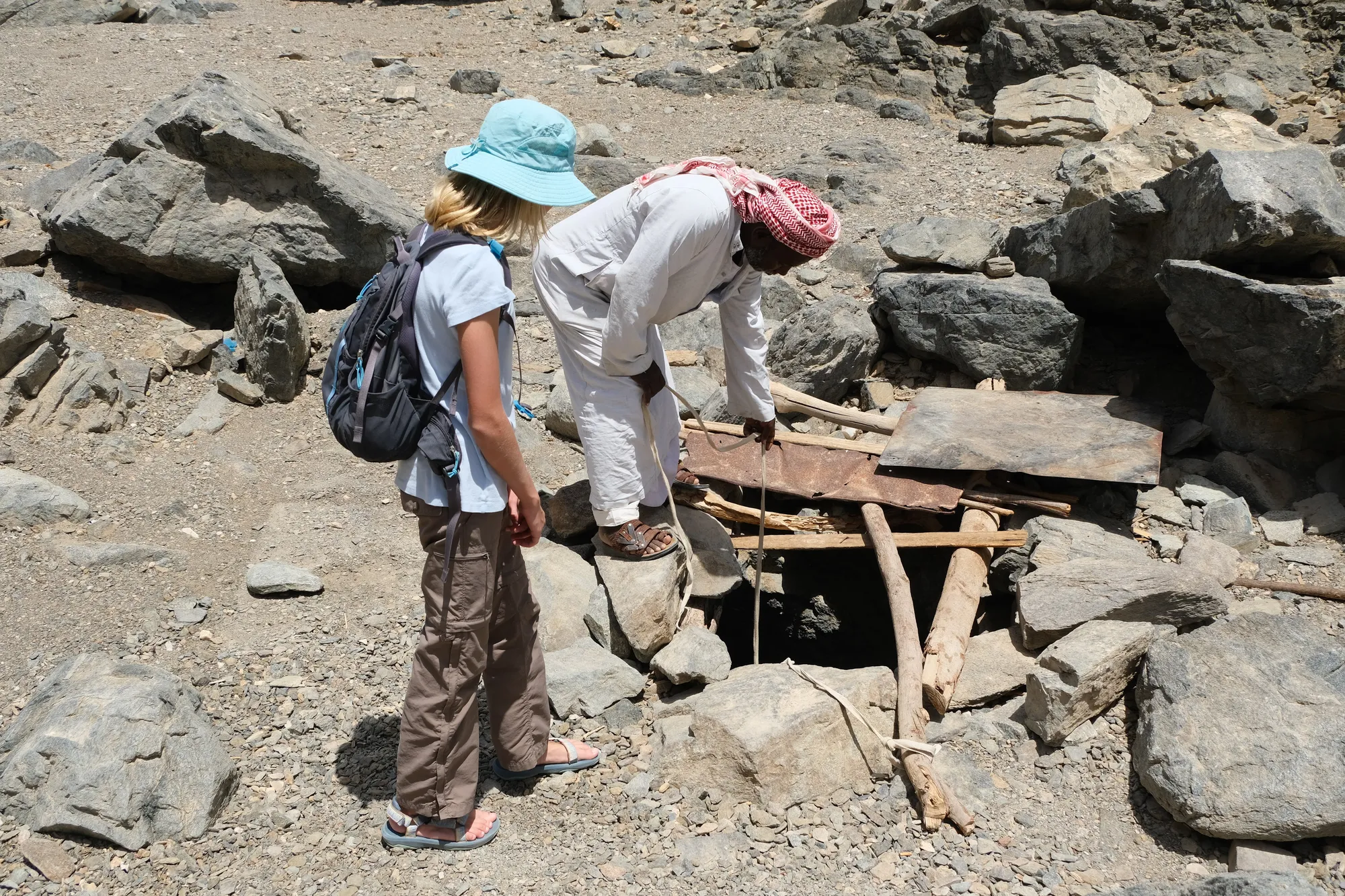
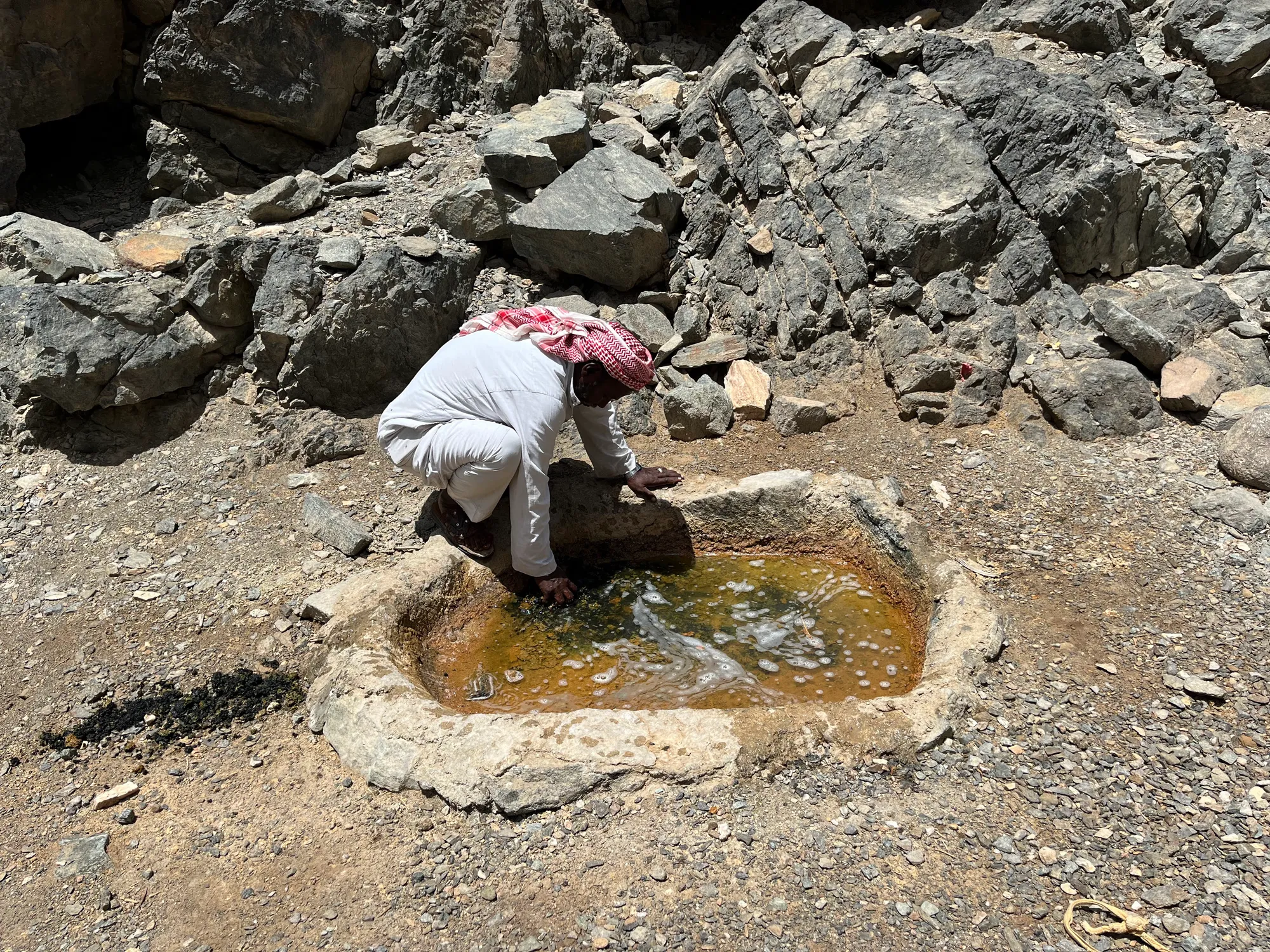
Ancient Temples and Emerald Mines of Sikait
Our final stop was Sikait, the highlight of our desert journey. This remote town, dating back to the Ptolemaic period, flourished under Roman rule as a center for emerald mining and trade between the Red Sea and the Nile. Known to the Romans as Mons Smaragdus or "Emerald Mountain," Sikait featured an intricate network of temples and mines. We began our exploration at the Large Temple, an impressive structure cut into a rock face that was likely built during the Ptolemaic period and reshaped in Roman times. Inside, we found a columnar hall that originally had four rock-cut columns, though only one remains today.
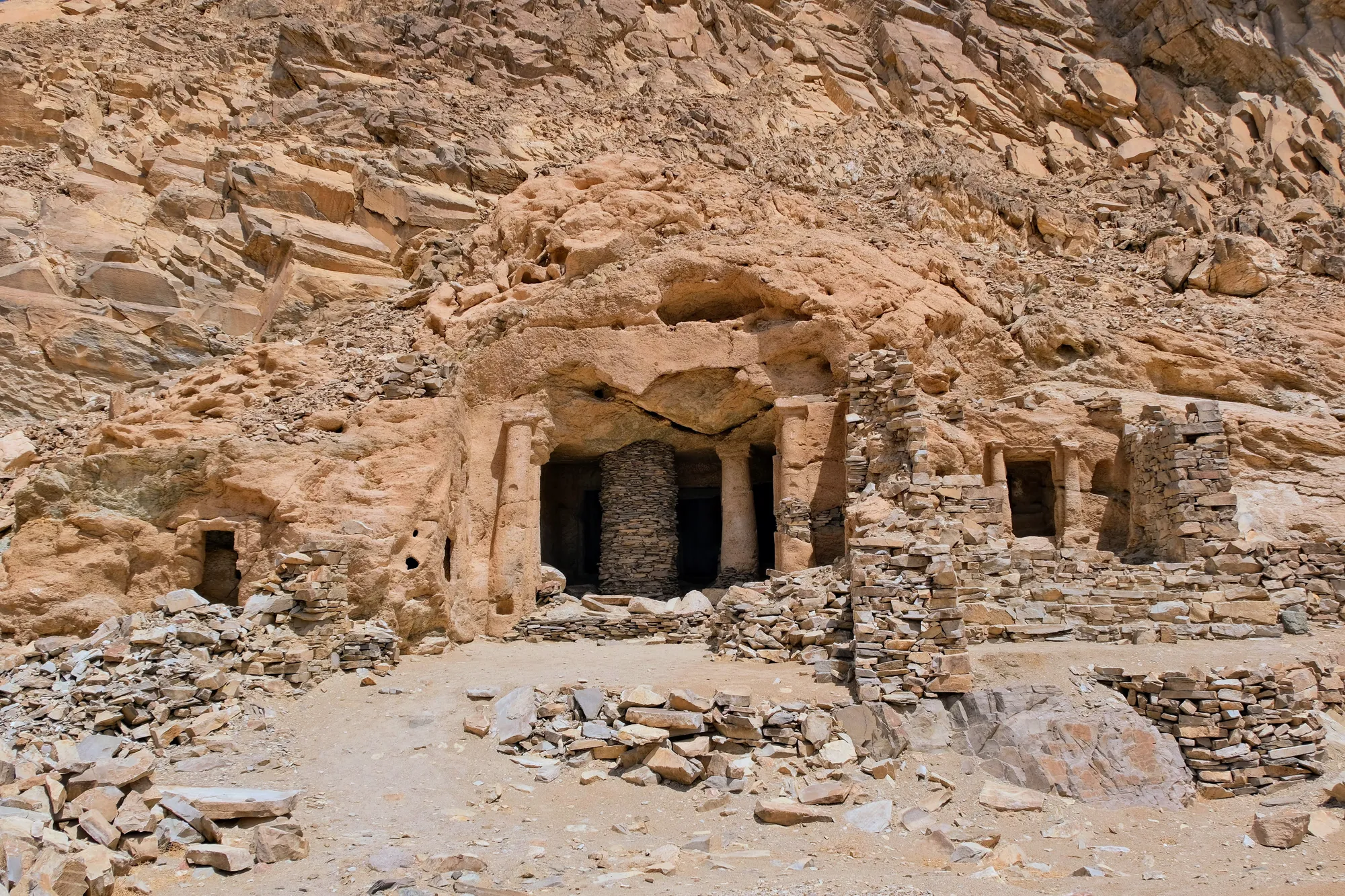
At the back of the temple, three altar rooms were carved directly from the rock, and we noticed inscriptions left by 19th-century travelers alongside more recent graffiti. Left and right of the big temple, two shrines were also cut out of the rock, adding to the site's architectural significance.
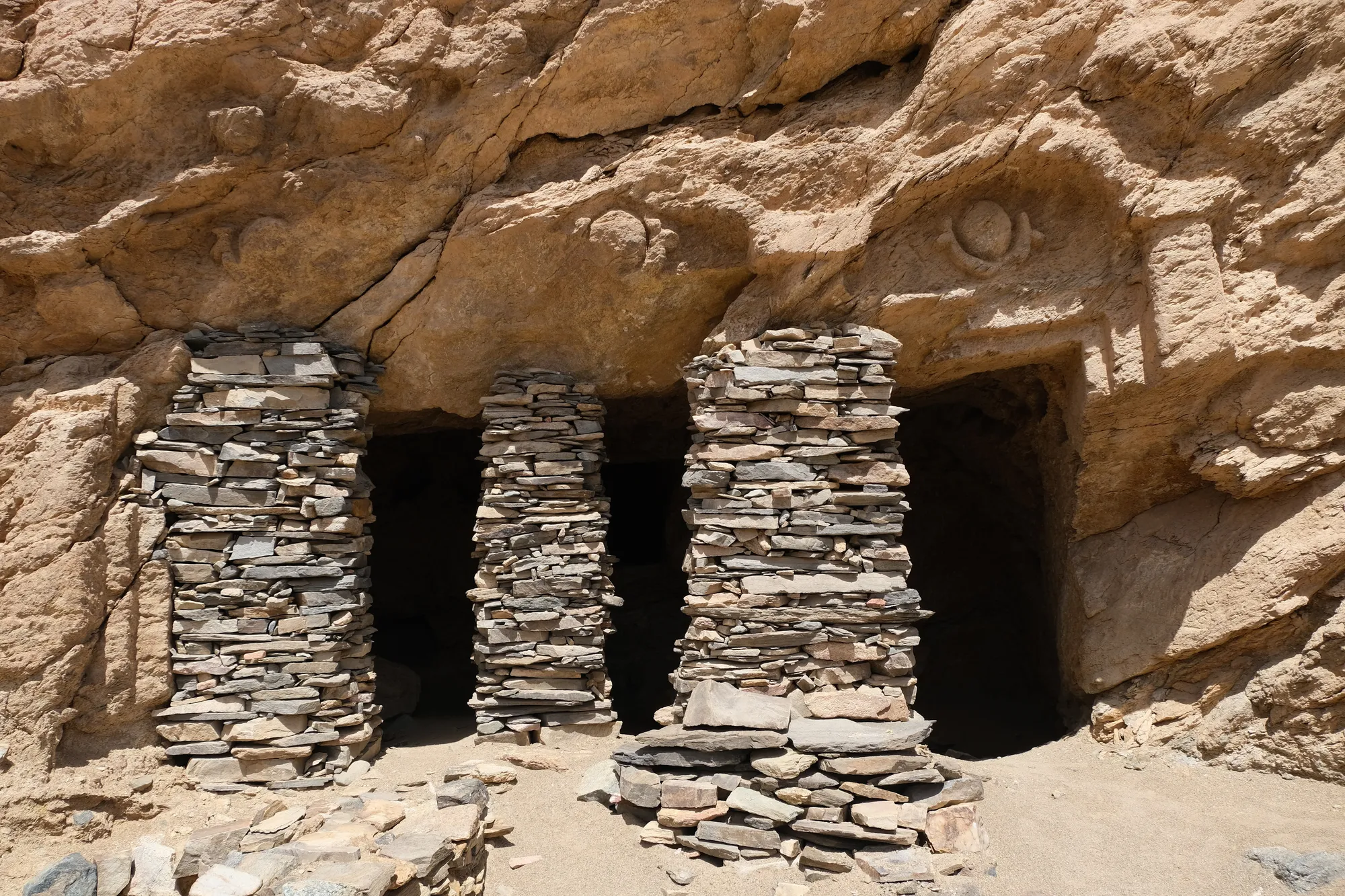
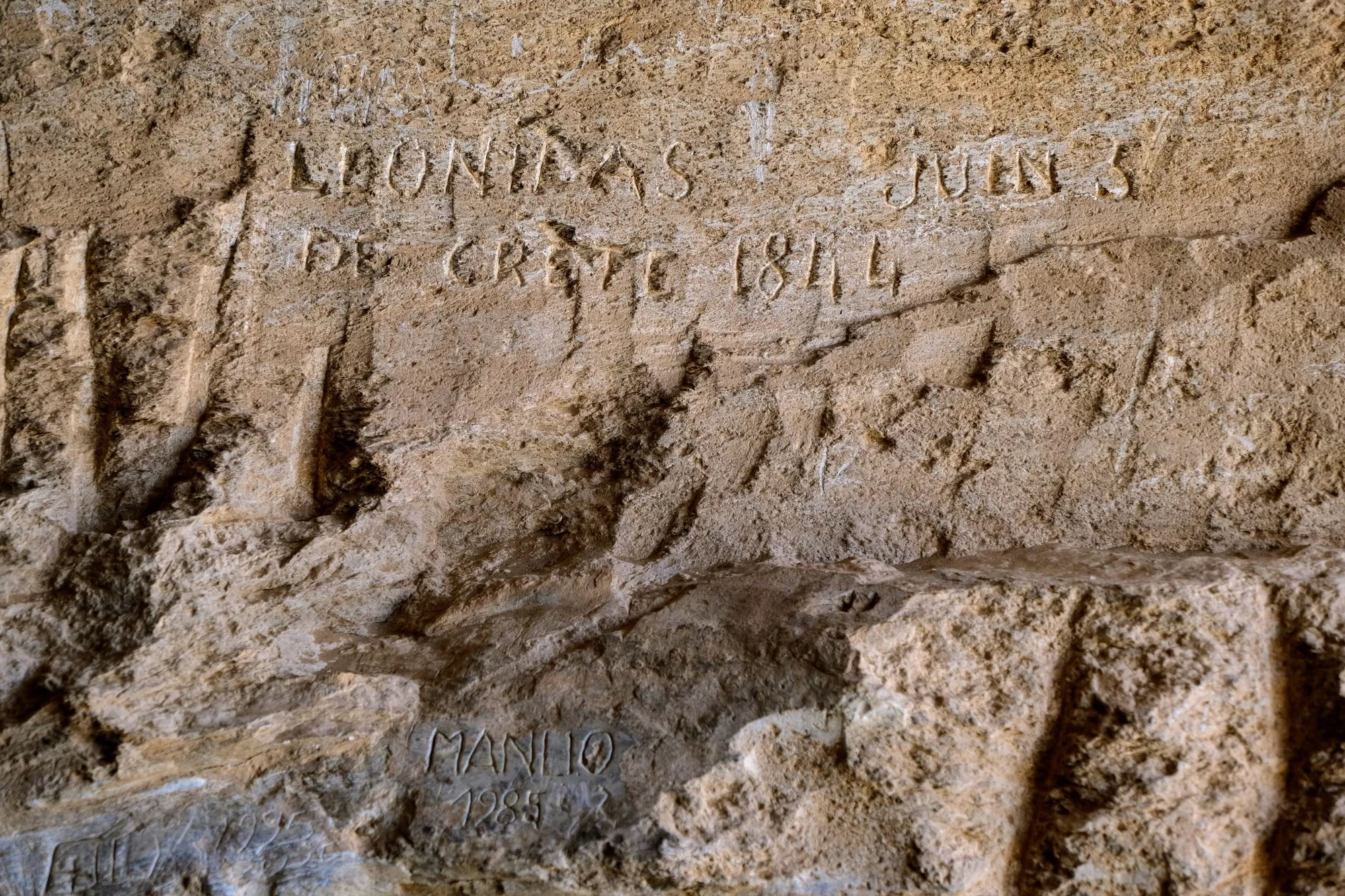
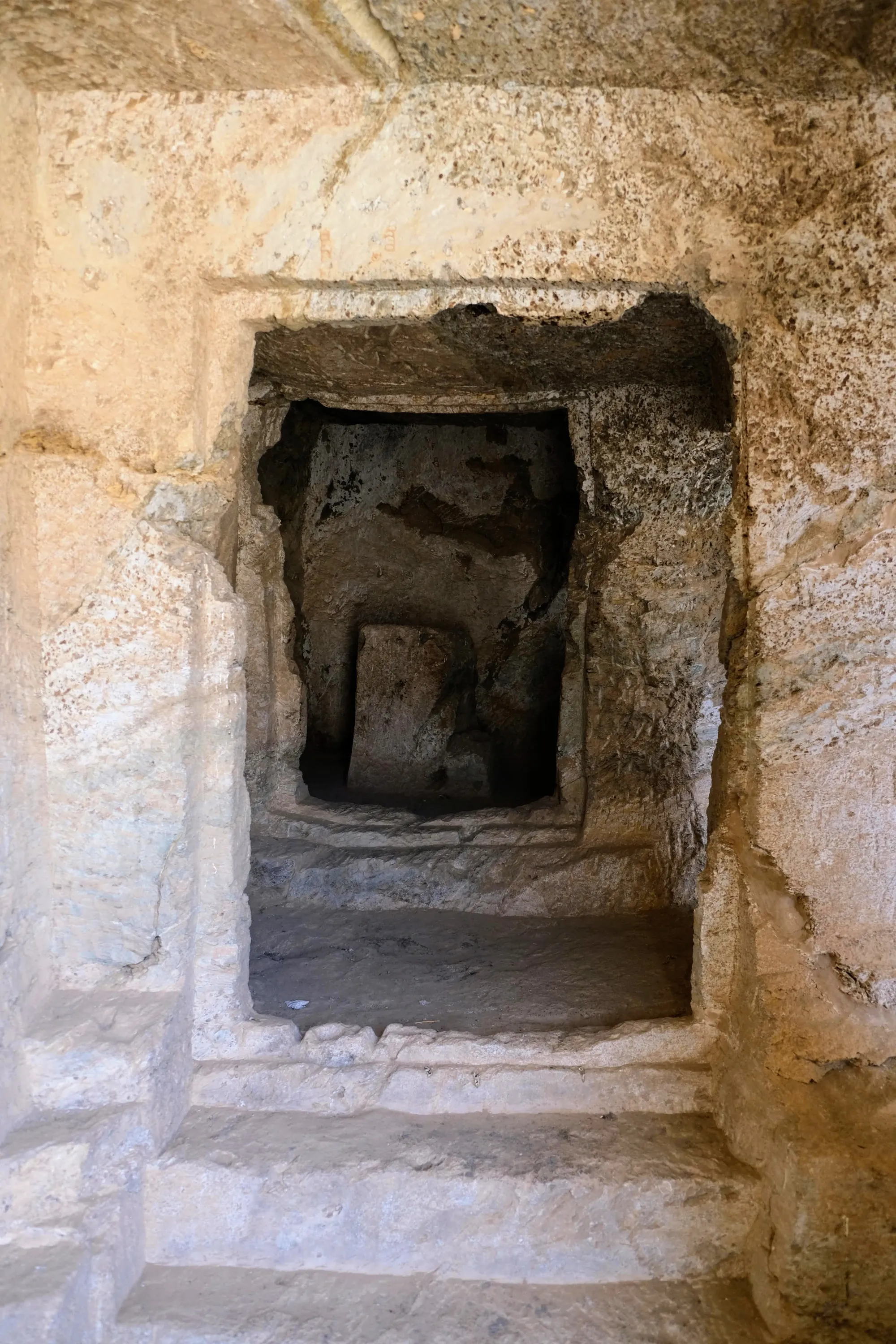
Following our exploration of the temple and a brief pause for a snack, we made our way to the "Administration Building." Despite its name, this impressive structure resembles a temple, featuring three expansive rooms, one of which is partially hewn from the rock. Its walls, adorned with niches and a door exhibiting Pharaonic design, speak to the historical significance of the site.
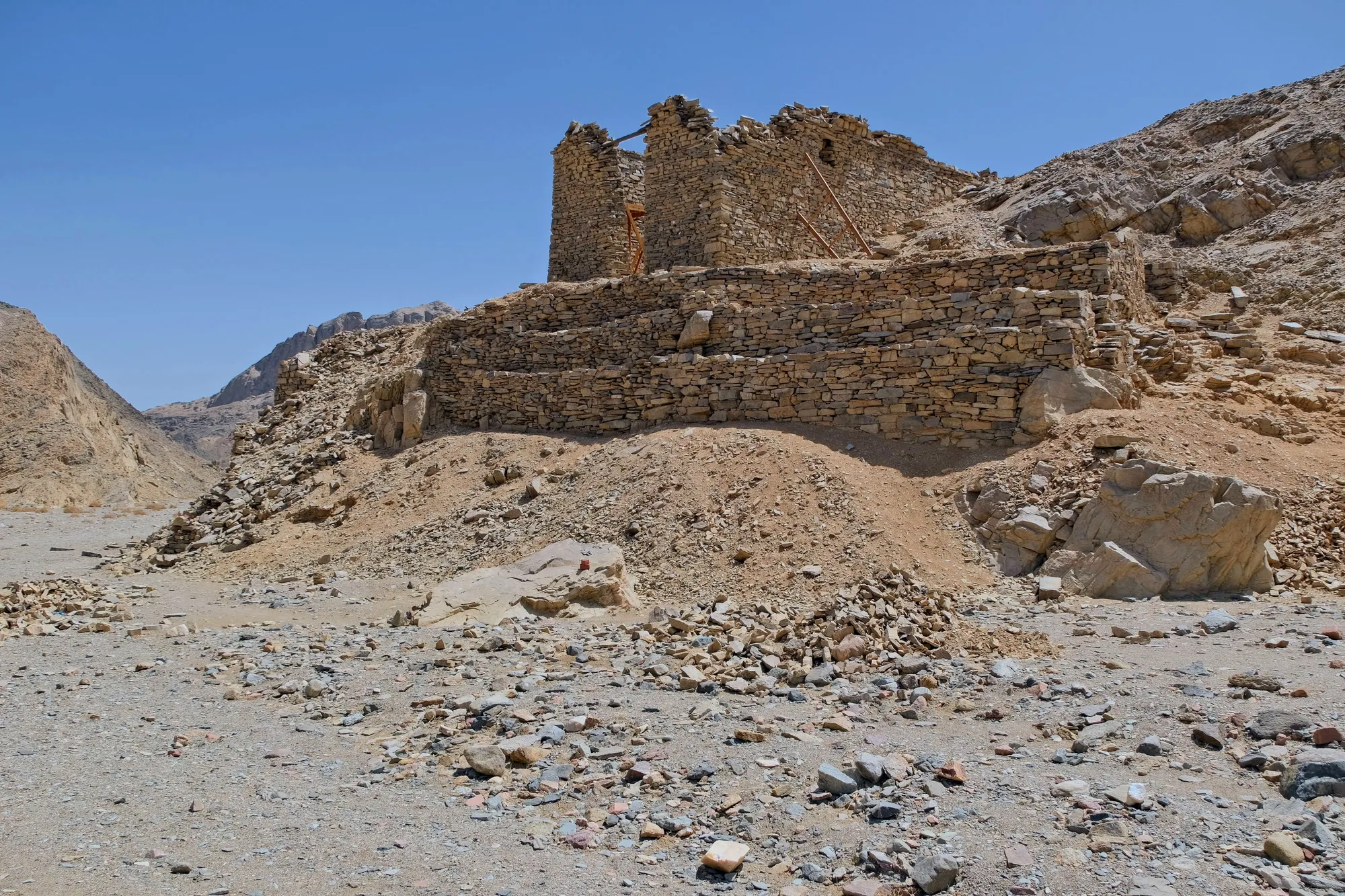
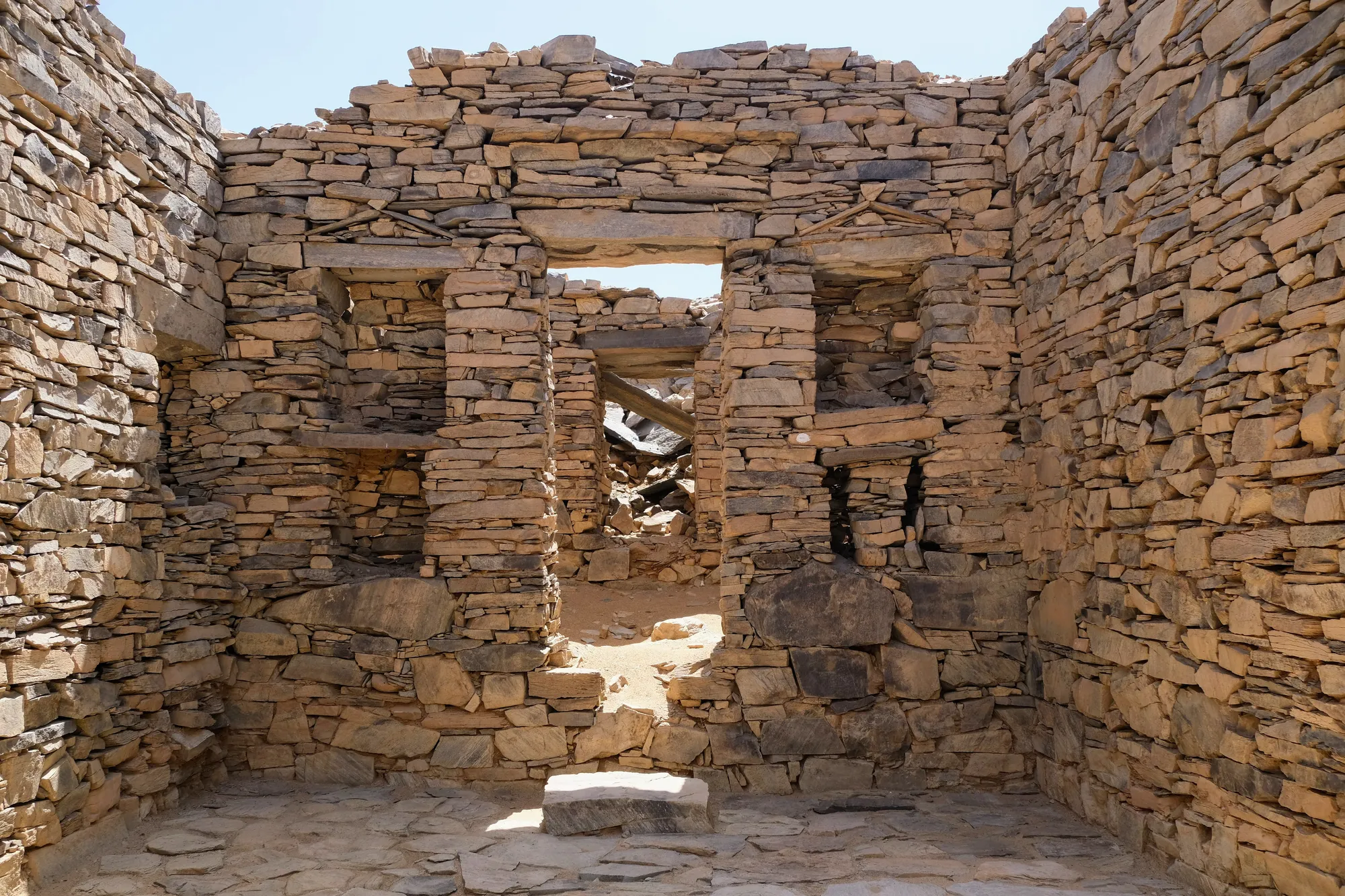
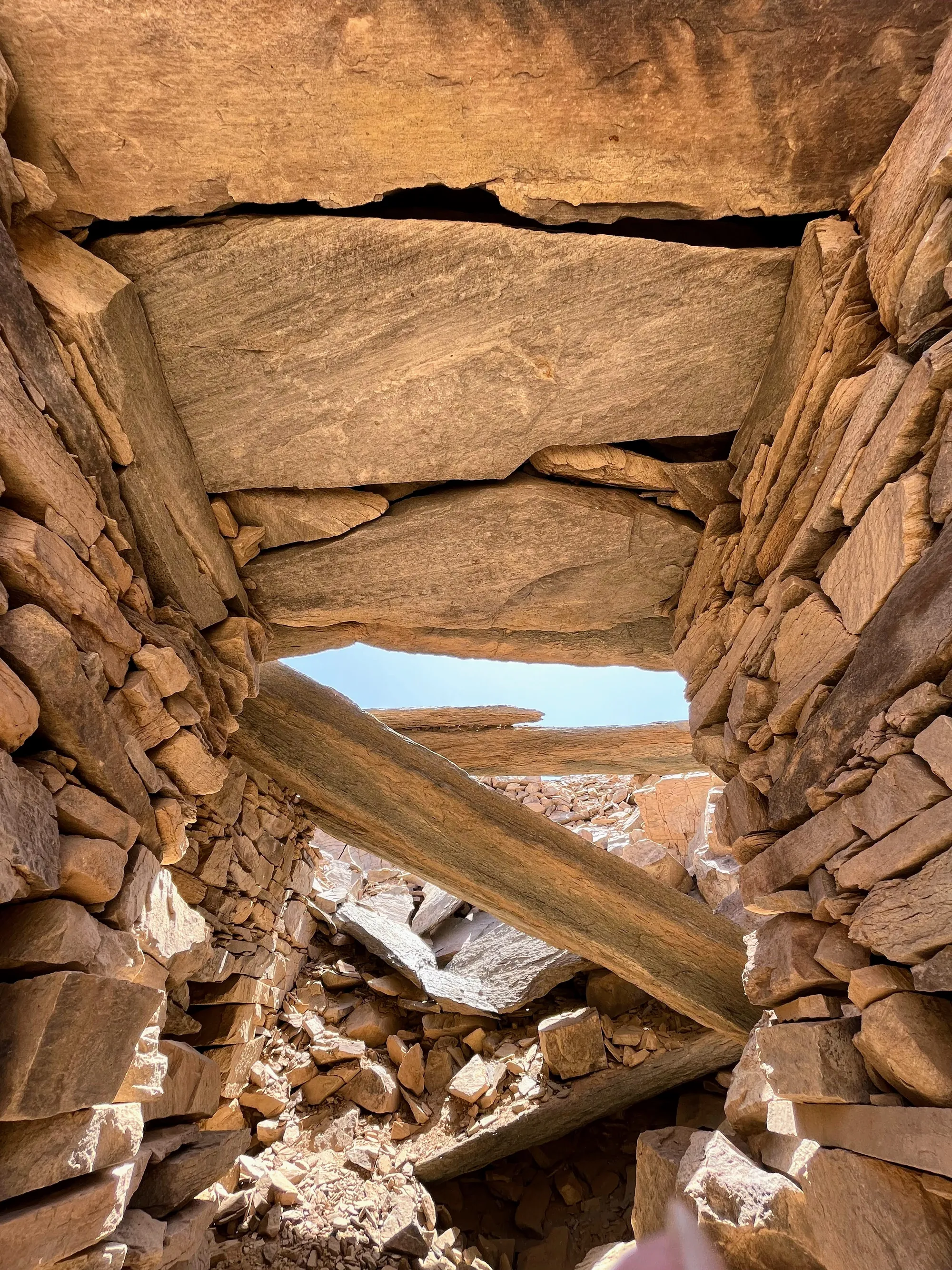
Continuing our journey after visiting the temple and sanctuary, we wandered along the hillside, uncovering structures that likely served as living quarters and workshops for miners, some of which date back to Cleopatra's reign in the first century BCE. As we made our way through the site, our guide discovered small pieces of emeralds scattered in the wadi—tangible reminders of the region's rich history.
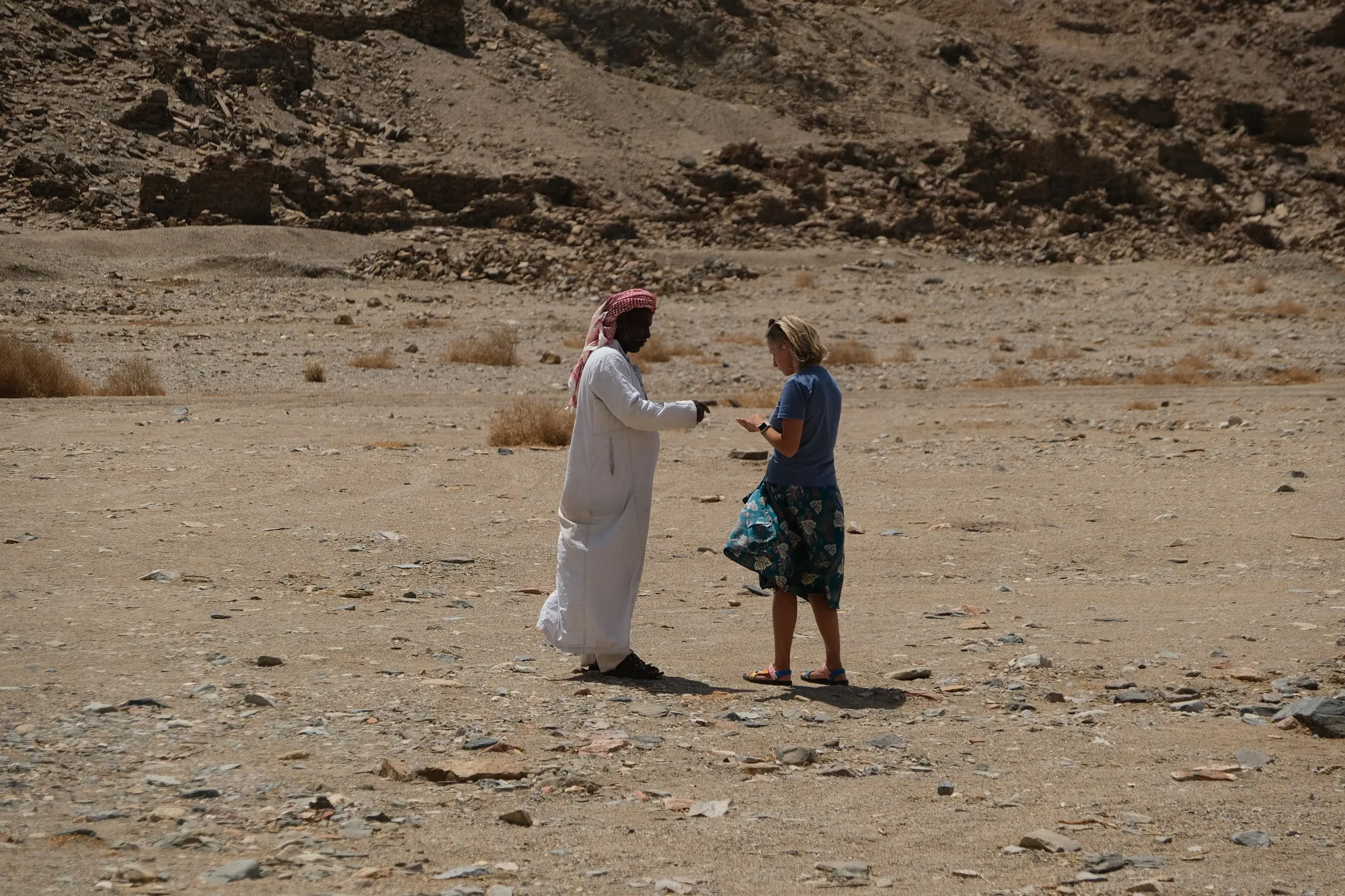
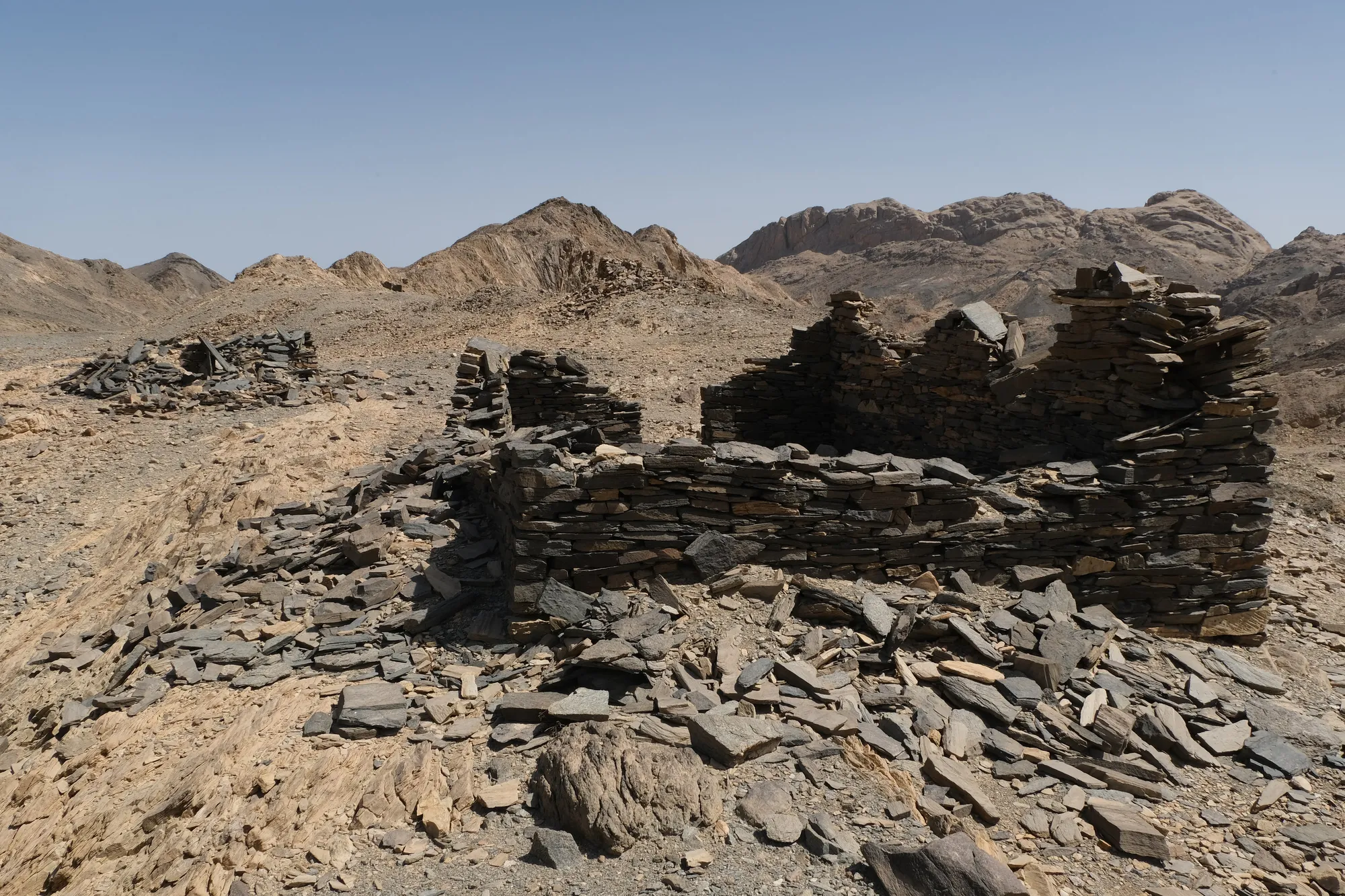
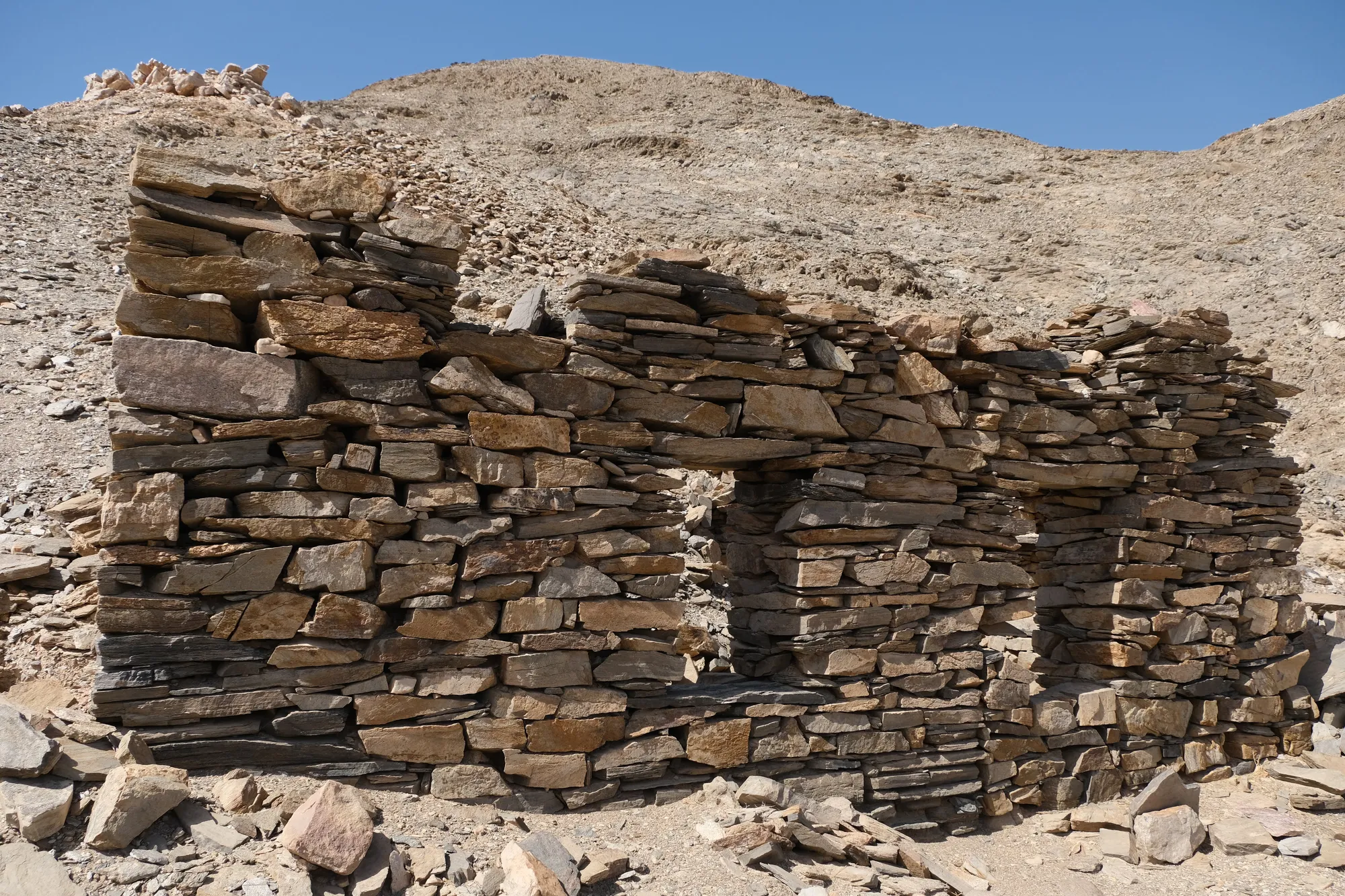
As we explored this magnificent ancient site, we felt the weight of Sikait’s past; the weathered structures and mines stood as remarkable remnants of a bygone era, captivating us with the enduring legacy of this ancient "middle-of-nowhere" town. But it wasn’t just history that held our attention; the desert landscape, with its resilient flora and quiet mysteries, was equally captivating. As we wandered through the remnants of Sikait, a profound sense of peace enveloped us. We were the only humans present for the entirety of our exploration, allowing us to fully immerse ourselves in the tranquility of this ancient site and appreciate the desert’s remarkable ability to adapt and survive.
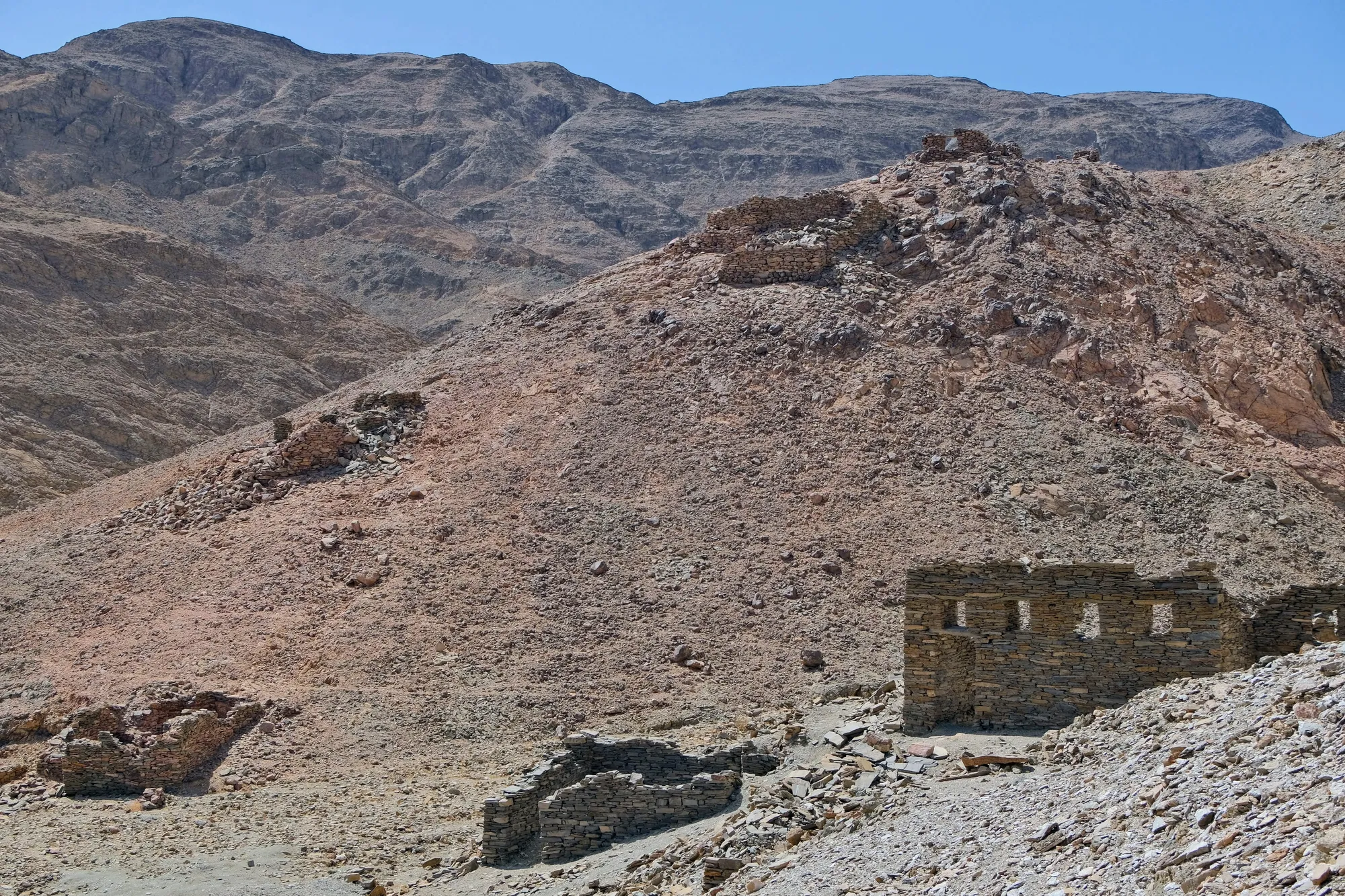
Bedouin Cooking
When the sun was high, Mustafa found a perfect spot beneath a sprawling acacia tree to set up for lunch. He began by making a small fire, which would serve as the foundation for cooking our meal. He then laid out a handmade quilted blanket crafted by his wife, then carefully unpacked a beautiful woven basket filled with ingredients, a single pot, and a knife. He cooked with a remarkable calmness and precision, forgoing a cutting board and slicing everything skillfully in his hands. From scratch, he prepared a delicious vegetarian stew, fresh fruit, and a simple salad of tomatoes and cucumbers. He baked flatbread directly in the ashes of the fire, filling the air with an earthy, comforting aroma.
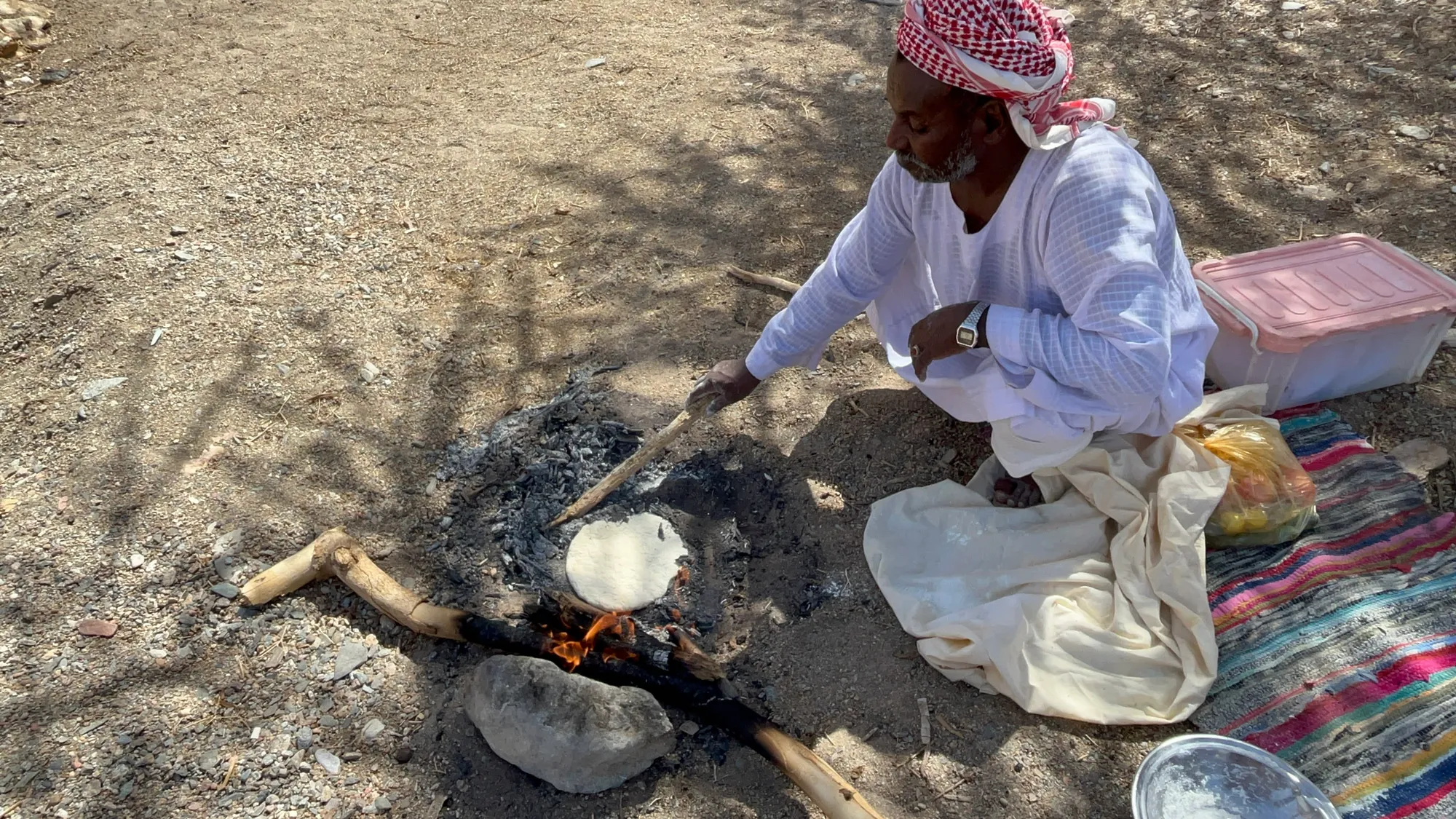
The meal was complemented by delicious coffee, prepared by Mustafa, who roasted coffee beans over the fire and ground them by hand to make traditional Egyptian coffee. He also prepared a pot of Egyptian black tea, served in small glasses with sugar, adding to the warmth and hospitality of our experience. Every bite was a delight, and we savored the simplicity of the flavors against the vast desert backdrop. Watching him work with such quiet focus was a calming experience in itself, and we all felt deeply grounded by the slow, peaceful rhythm of it all.
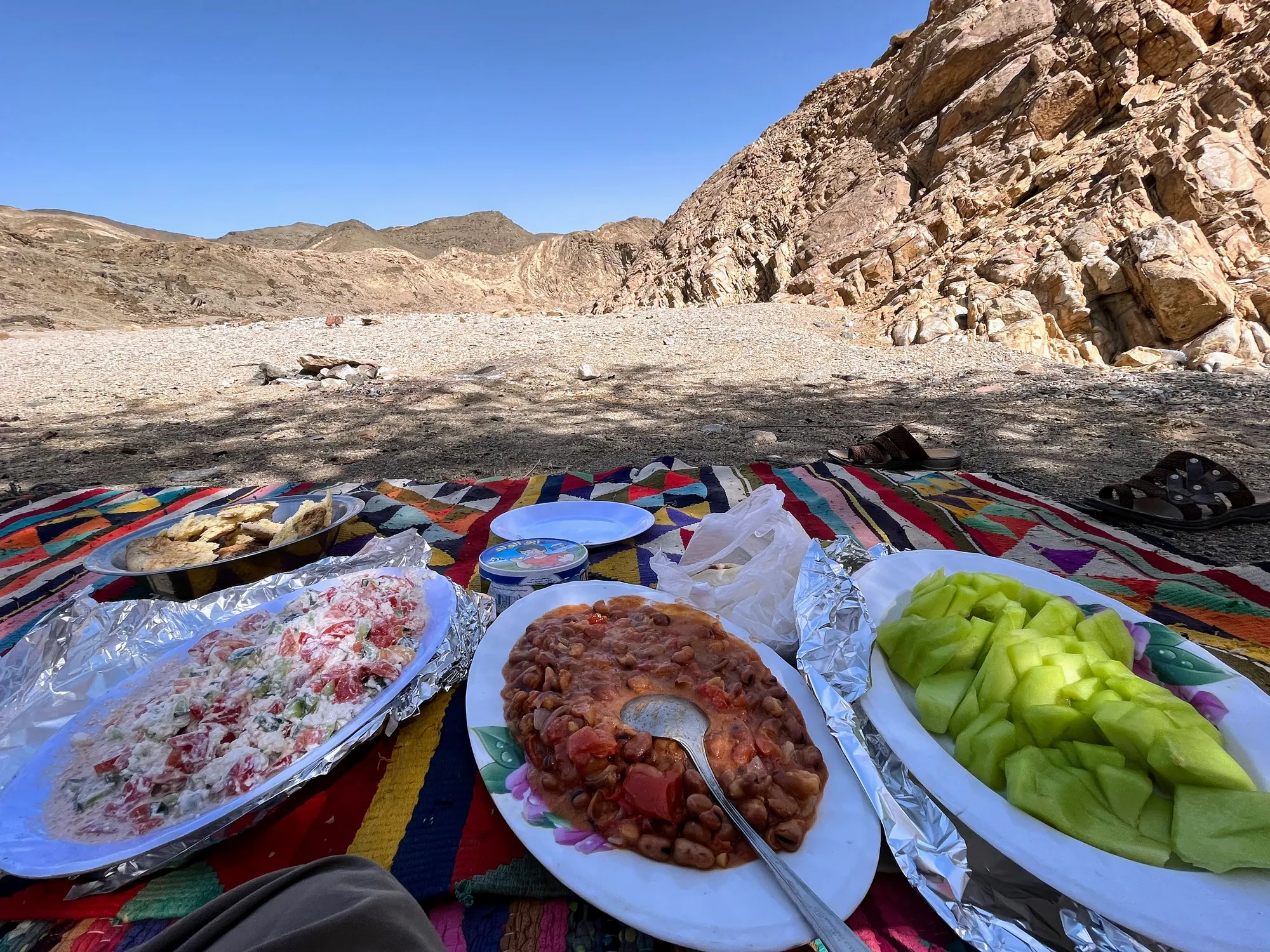
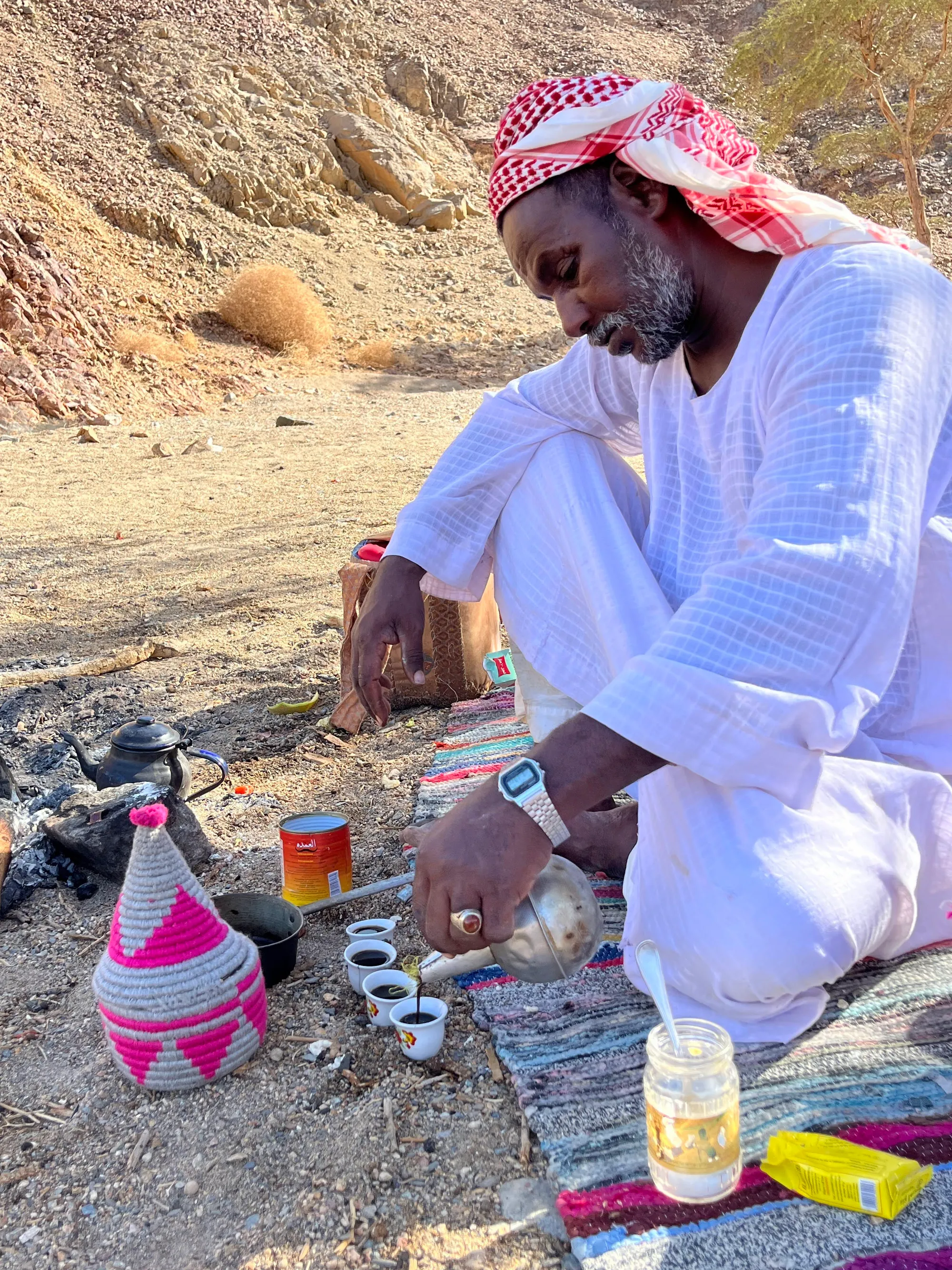
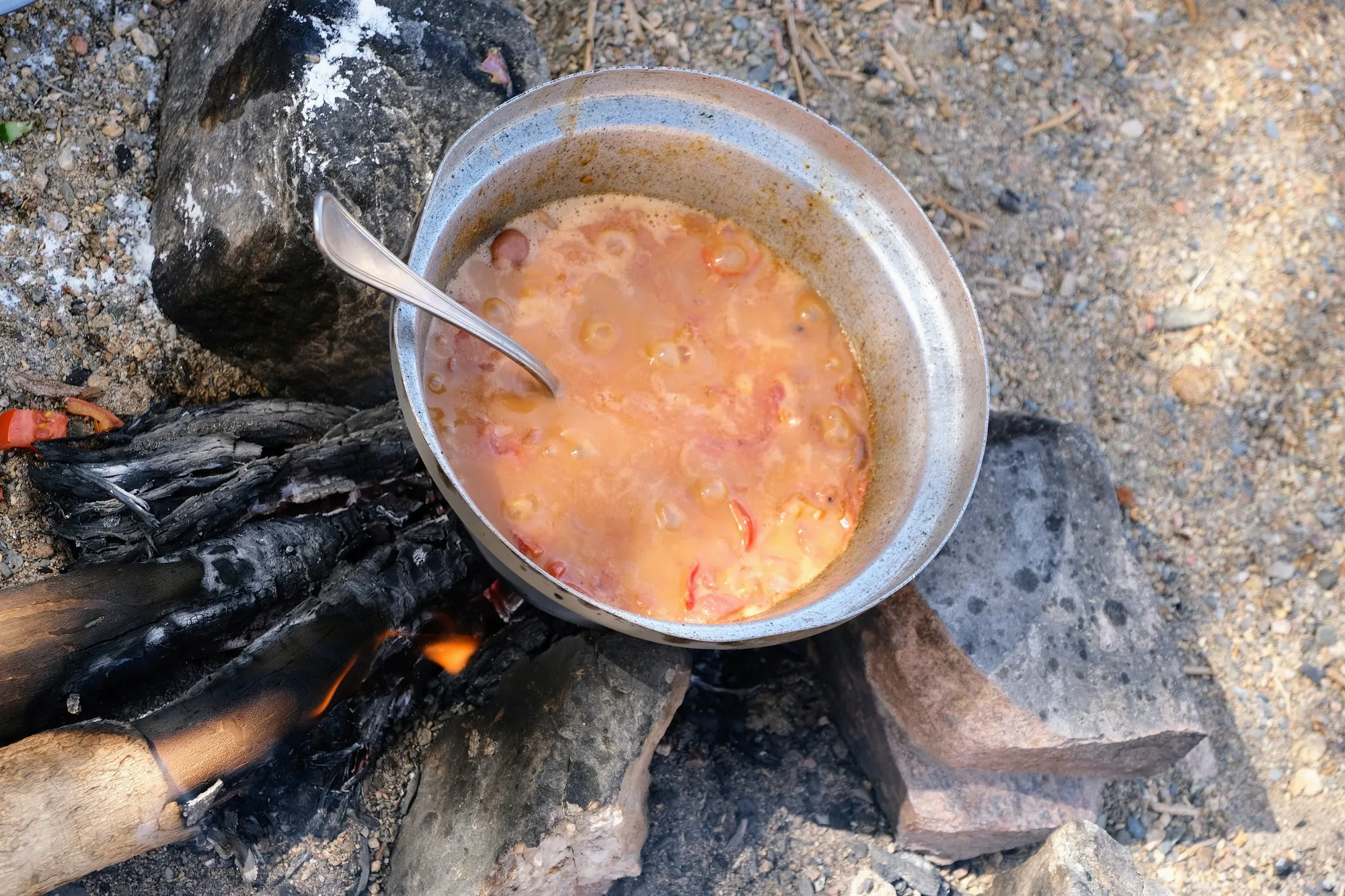
Emerald Mines of Sikait
After finishing our lunch, we set off to explore the ancient mines of Sikait. Moustafa guided us through the nearby hills, where he pointed out numerous mine shafts and tunnels, remnants of the once-thriving emerald mining operations. As we wandered through these fascinating structures, we gained a deeper understanding of the labor-intensive work that ancient miners undertook to extract precious stones from the earth. The miners primarily relied on hand tools, such as stone hammers and chisels, to extract gemstones. As we wandered the area, we peeked into the deep shafts and long dark tunnels admiring the remnants of their efforts and appreciating the hardships faced by those who worked tirelessly in this harsh environment.
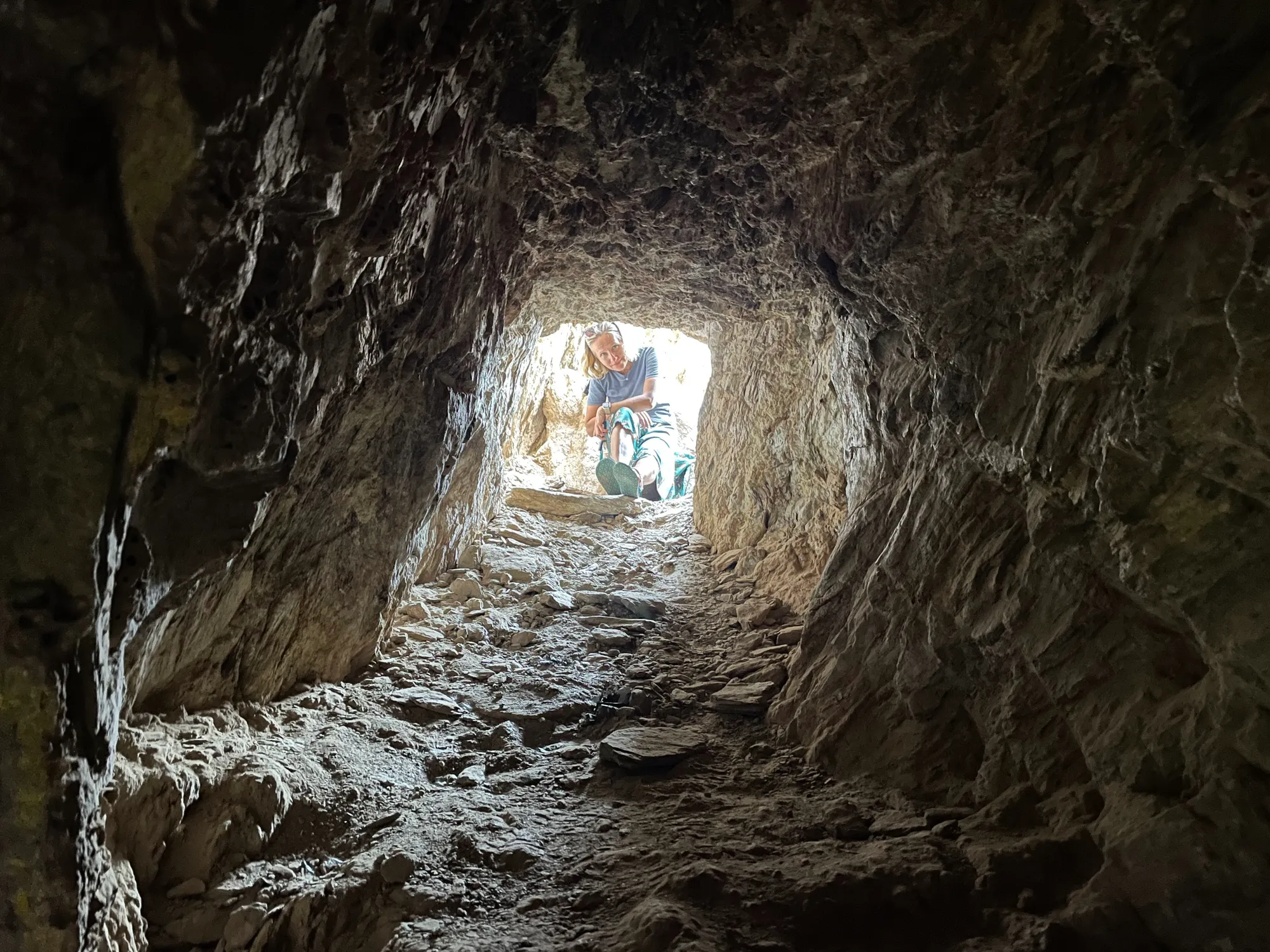
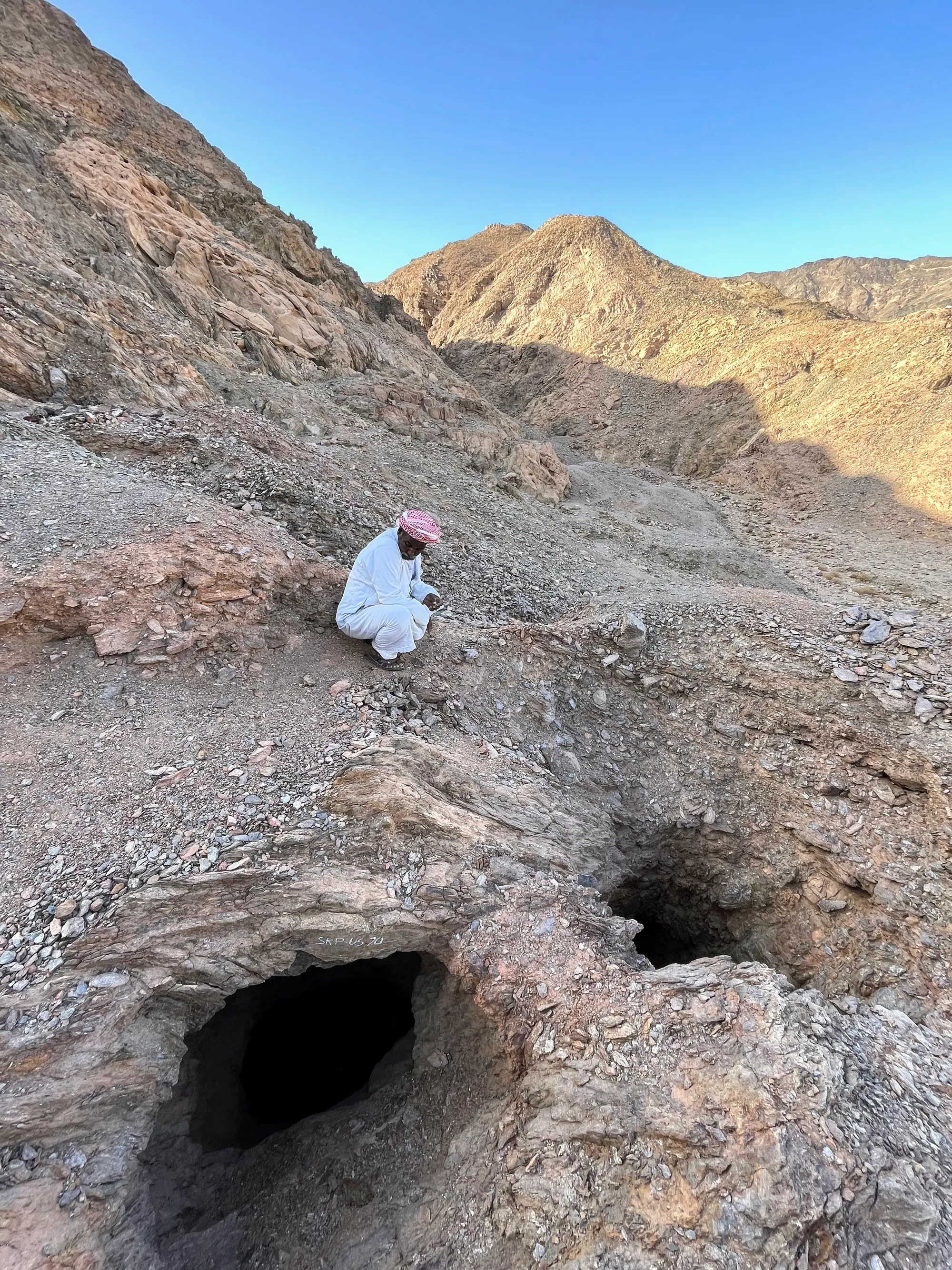

Desert Sunset in Wadi El Gemal
As we made our way back, we set out again, stopping a couple more times to captivate the quiet and eerie feeling of the desert before heading to a high sand dune with a sweeping view over the wadi floor below. Mustafa, embodying the patience of the desert, stayed at the base of the dune, reclining on the sand as he waited. We climbed to the top, where the sunset painted the landscape in soft hues of pink and gold, creating a magical, serene moment. The desert air turned pleasantly cool, and our daughter, entranced by the view, declared this spot the highlight of our entire world journey so far. We couldn’t disagree.
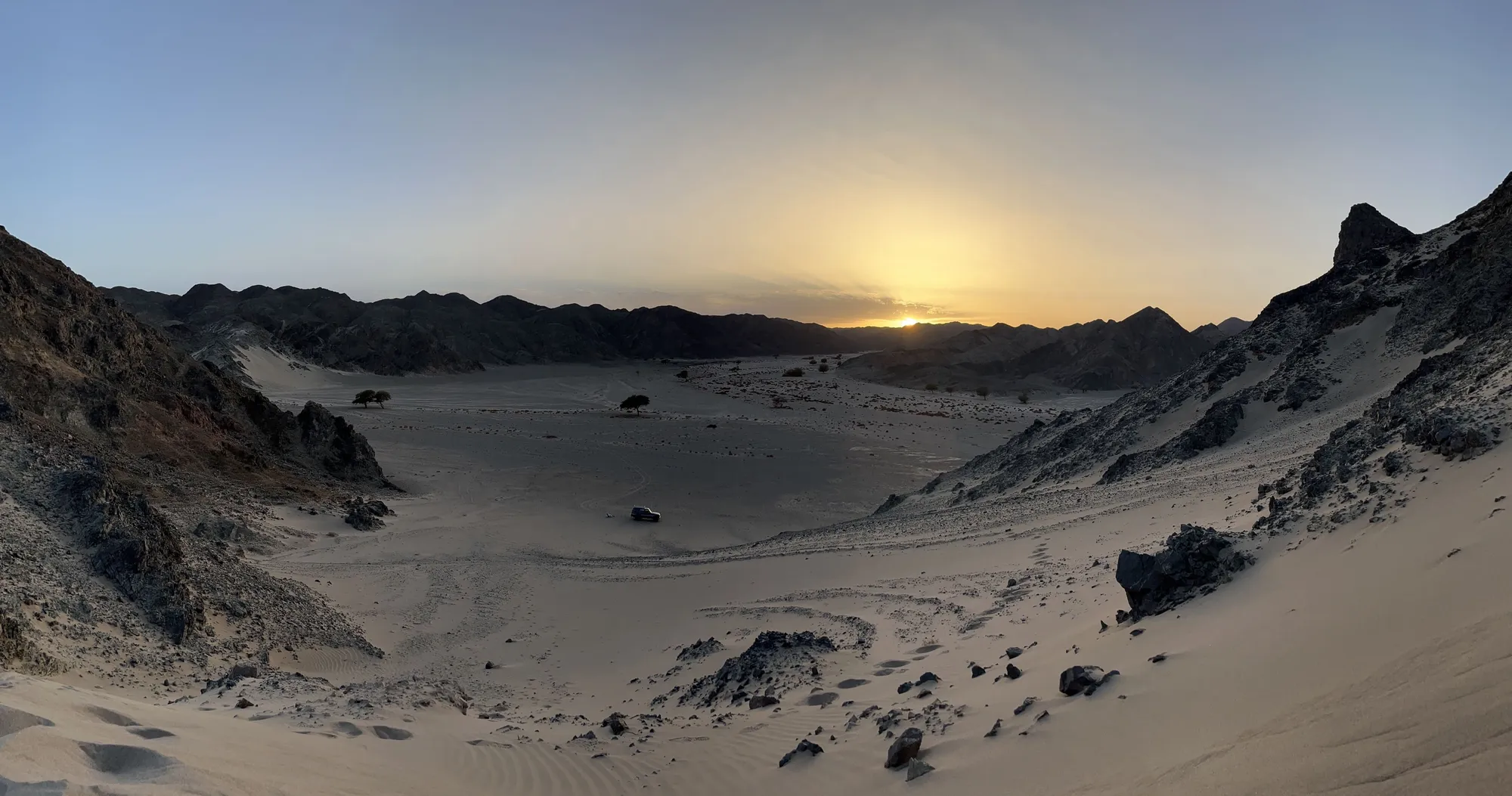
As we made our way back, we reflected on the incredible day. Our limited communication with Mustafa—limited to simple gestures and a few shared words—had, in some ways, made the experience even richer. The silence of the desert, free from modern conveniences and other tourists, felt rare and profound. Wrapped in the quiet beauty of Wadi El Gemal, we knew that this adventure would remain one of our most cherished memories for years to come.
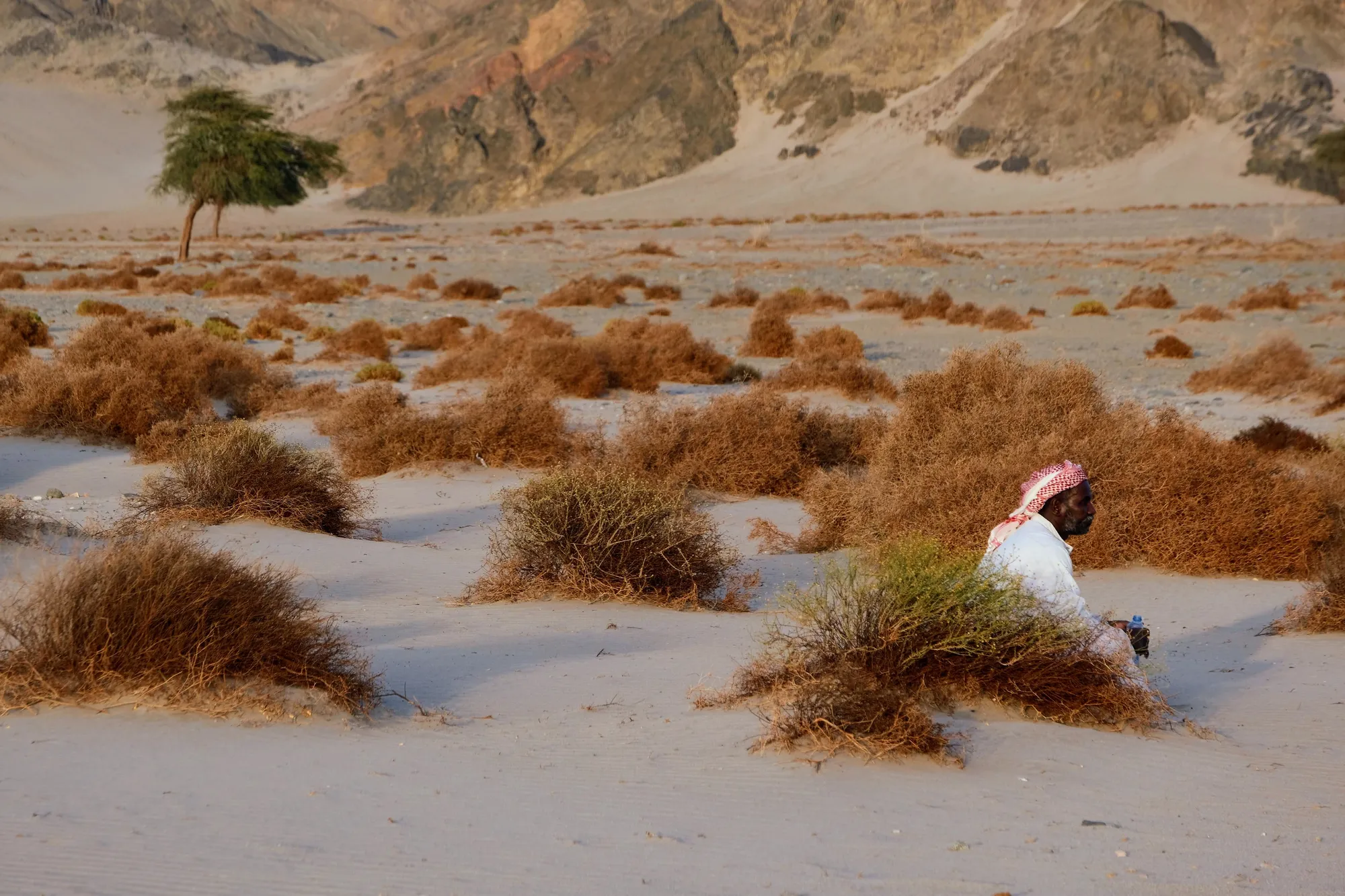
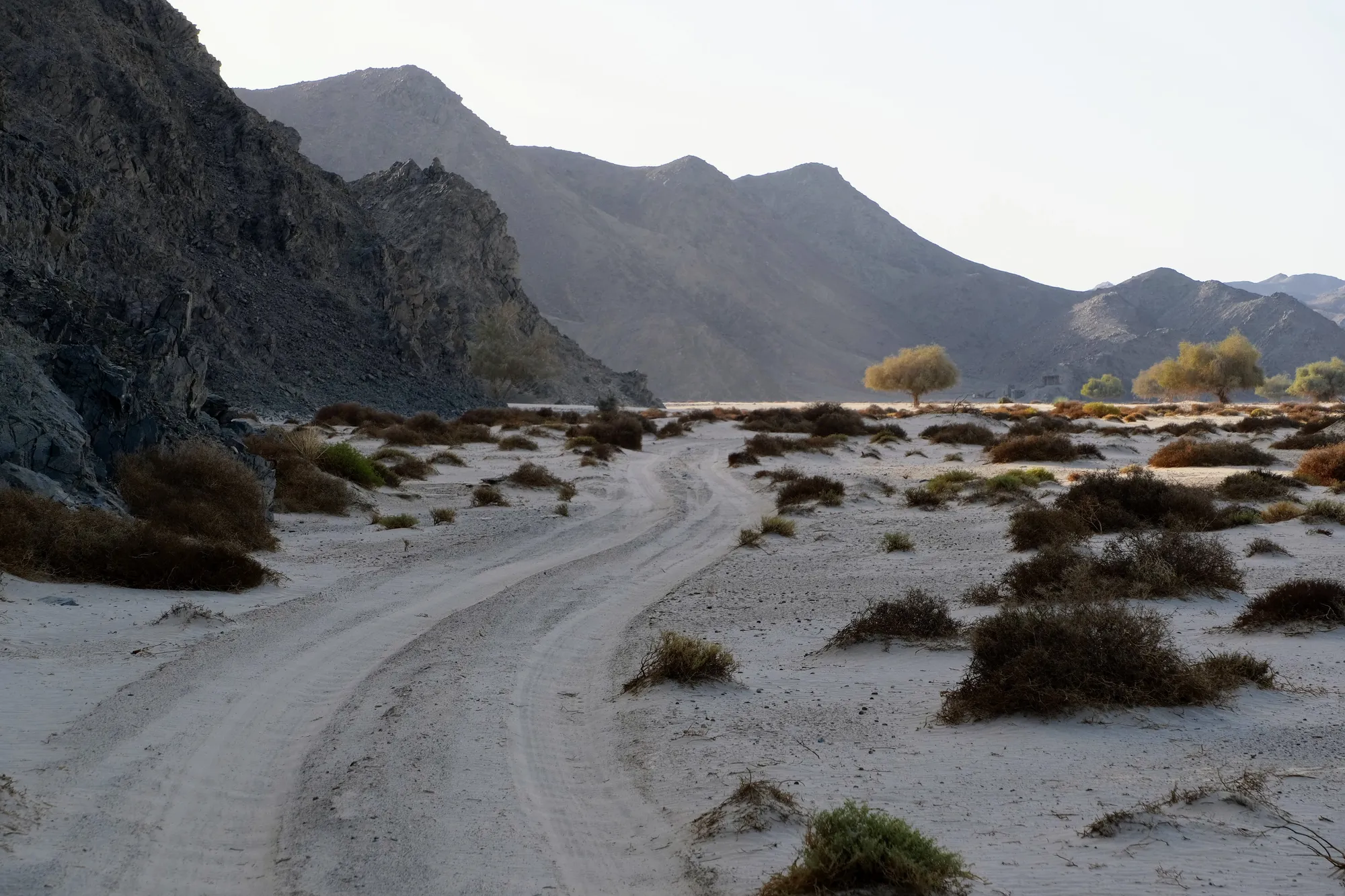
Continue Exploring
Bali’s Culture and Art
A journey through Bali’s captivating art and culture. From authentic craftsmanship to hands-on experiences, the island surprises with its deep-rooted traditions.
Bali's Hindu Culture
How we immersed ourselves in the Balinese Hindu culture through observing daily rituals and traditions and visiting local temples and performances.

